The Importance of Spices & Herbs in Cooking
Spices are an integral part of vegetarian food, adding an amazing aroma and zest. For a long time in India and Asia, spices have been used in cooking from generation to generation. Often times they are used without knowing the real effect of particular spices in food. But with advances in science research, their values and importance – outside of adding that great flavor – have grown. Studies have shown that adding spice to your life may reduce heart disease and diabetes, prevent harmful bacterial growth, and aid in overall wellness. Seasonings are a concentrated source of disease-fighting phenols. One needs regular doses in small amounts. Spices can also be used to offset foods’ negative effects.
For example, in recipes that use milk, adding nutmeg is recommended to relieve intolerance. Nutmeg in combination with cardamom becomes a tasty mixture that aids the digestive tract in processing milk products! Spices can be stored dry in an airtight container and have approximately a two-year life span. Herbs such as bay, basil, thyme and dill are often times better fresh.
For those looking for spices in the Chicago area, I highly recommend visiting Inspired Indian Cooking at 812 Dempster St. Evanston, IL 60202. Their new website will be launching soon!
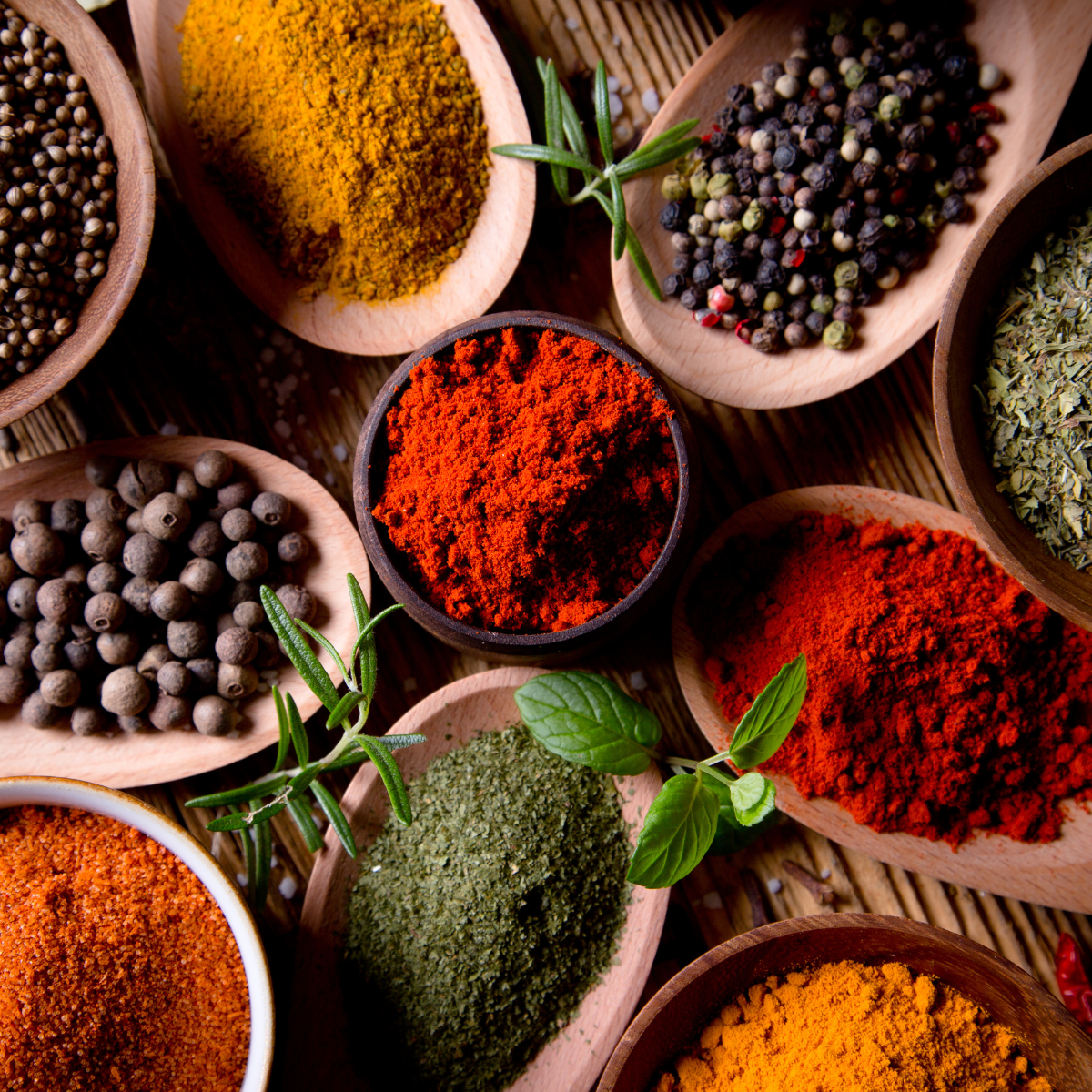
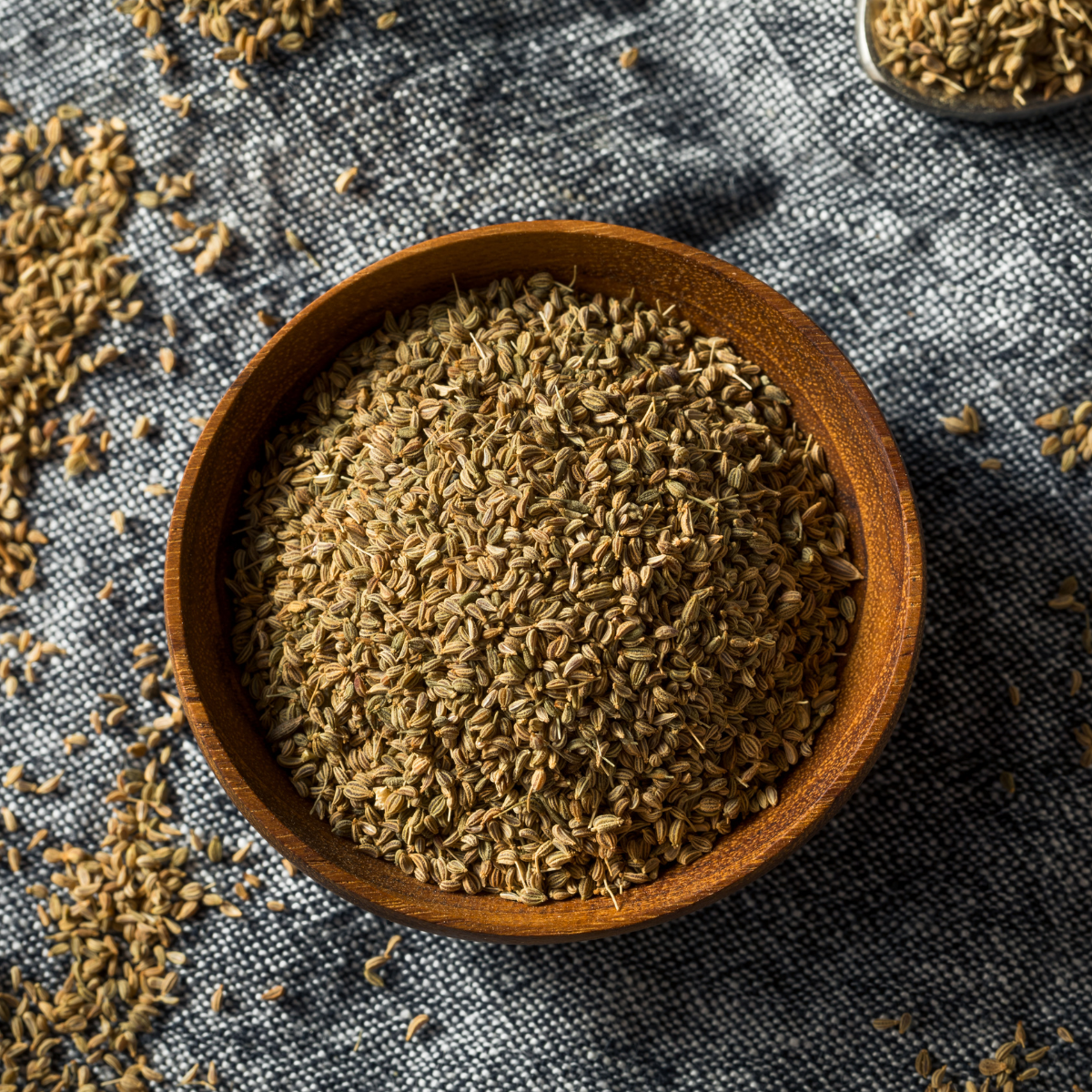
Ajwain Seeds
This herb is also known as Bishop’s Weed or Gout Weed. It is a herbaceous plant bearing the grayish brown seeds with a peculiar aroma, similar to oregano, and a sharp taste. It is used to flavor various bean dishes. Ajwain is used to treat asthma, colds, indigestion, cough, and stomach ache.
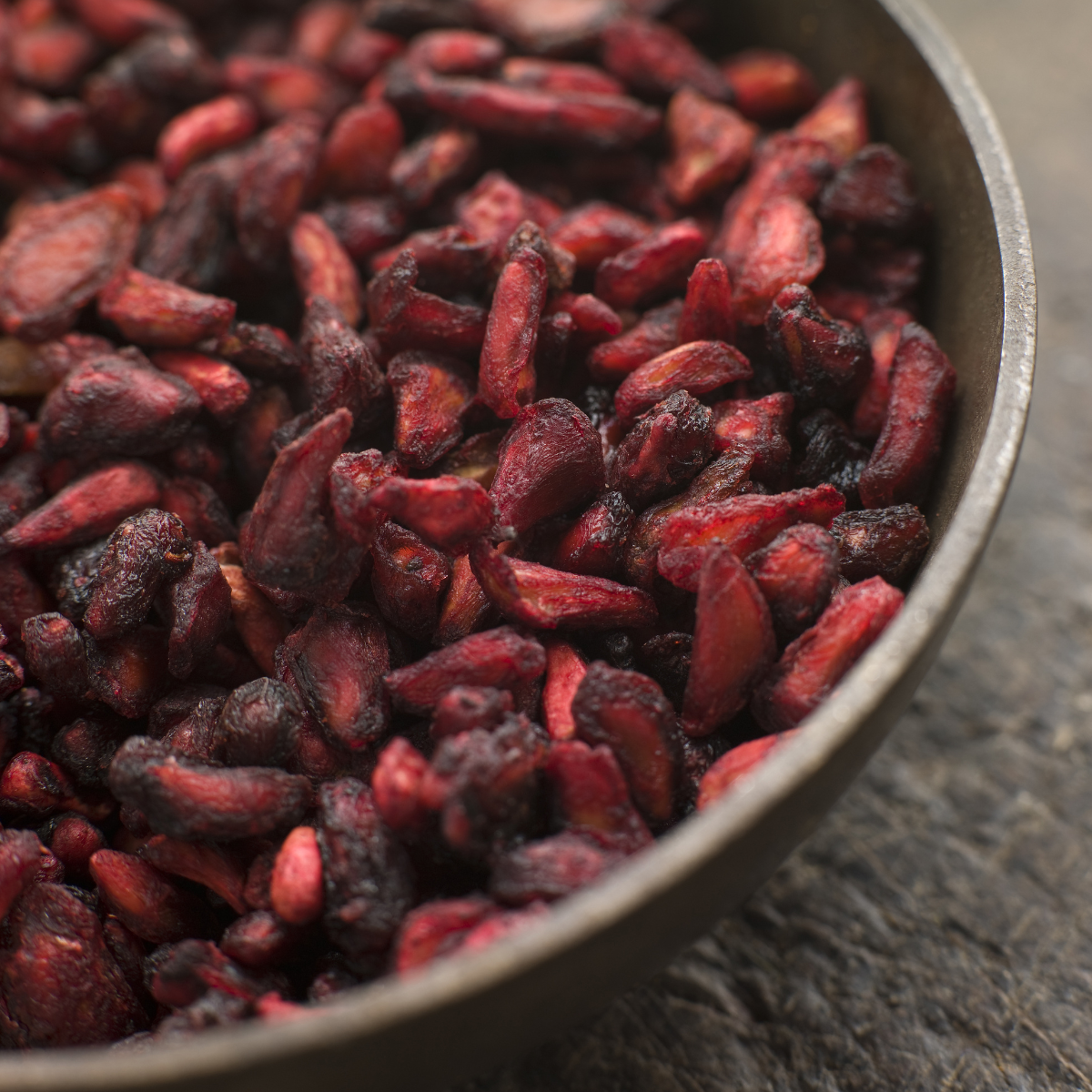
Anardana
Pomegranate seeds – dried and made into powder form. This spice is sour in taste adds a special zing to enhance the flavor of food. It is used instead of lemon juice, as needed. It’s mostly used in chaat and appetizers.
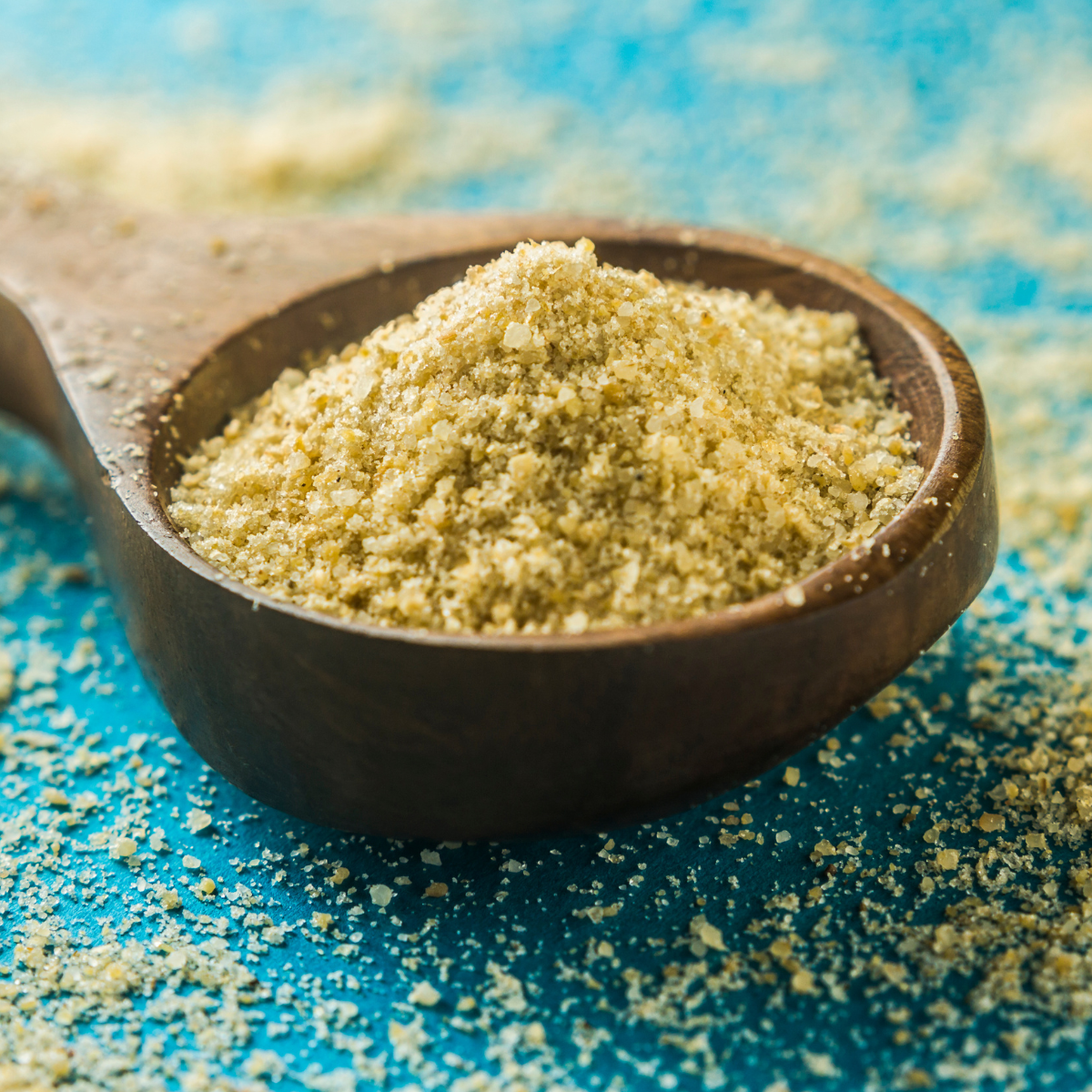
Asafoetida
This spice is made from a rock ground into powder. It makes food easily digestible and is used in tempering. Use in very small amounts – only about 1/8 tsp (a pinch) at a time.
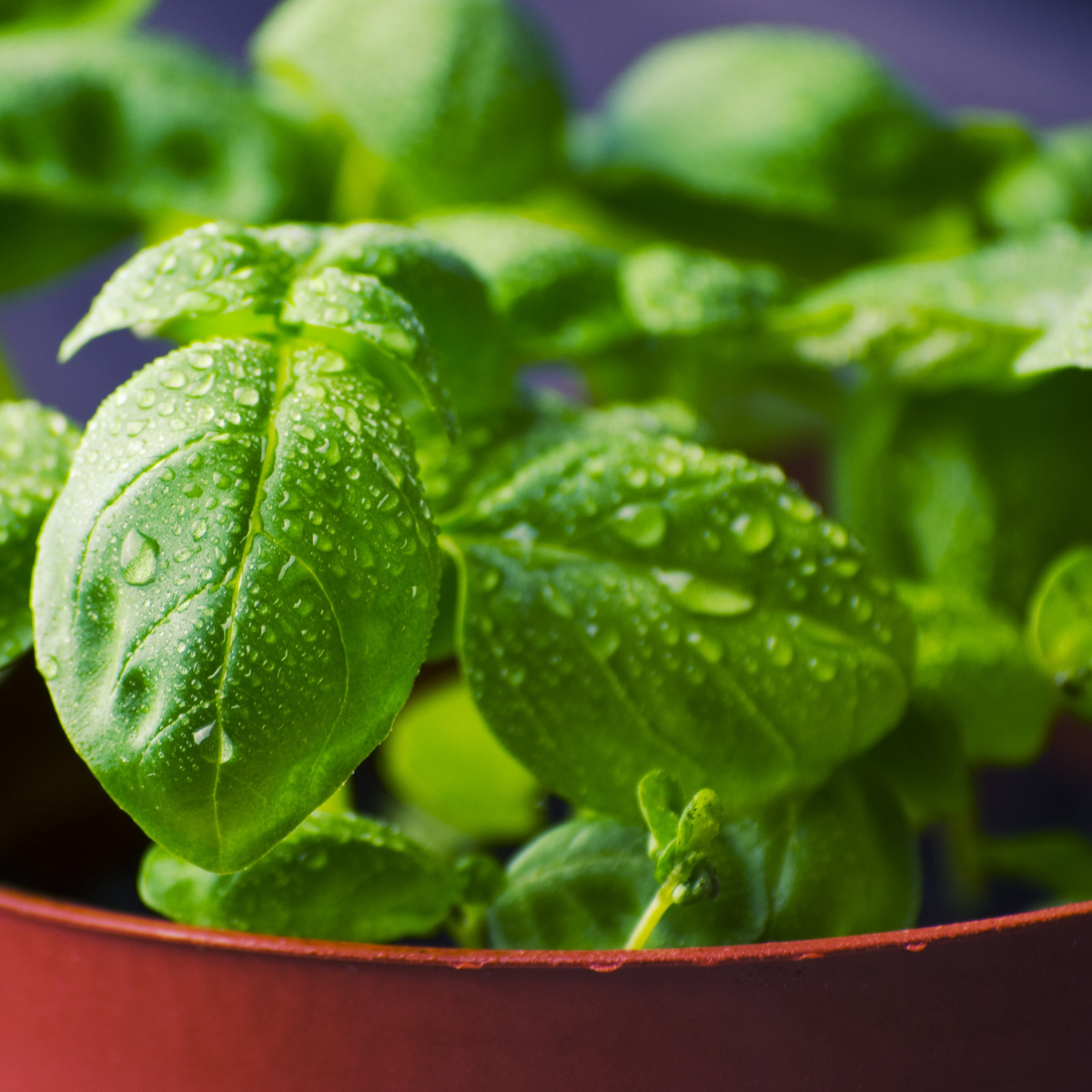
Basil
Basil is a popular herb in America, especially in Italian food, and can be used as you like. It pairs perfectly with any vegetables and adding fresh chopped basil leaves improves the taste of your meal.
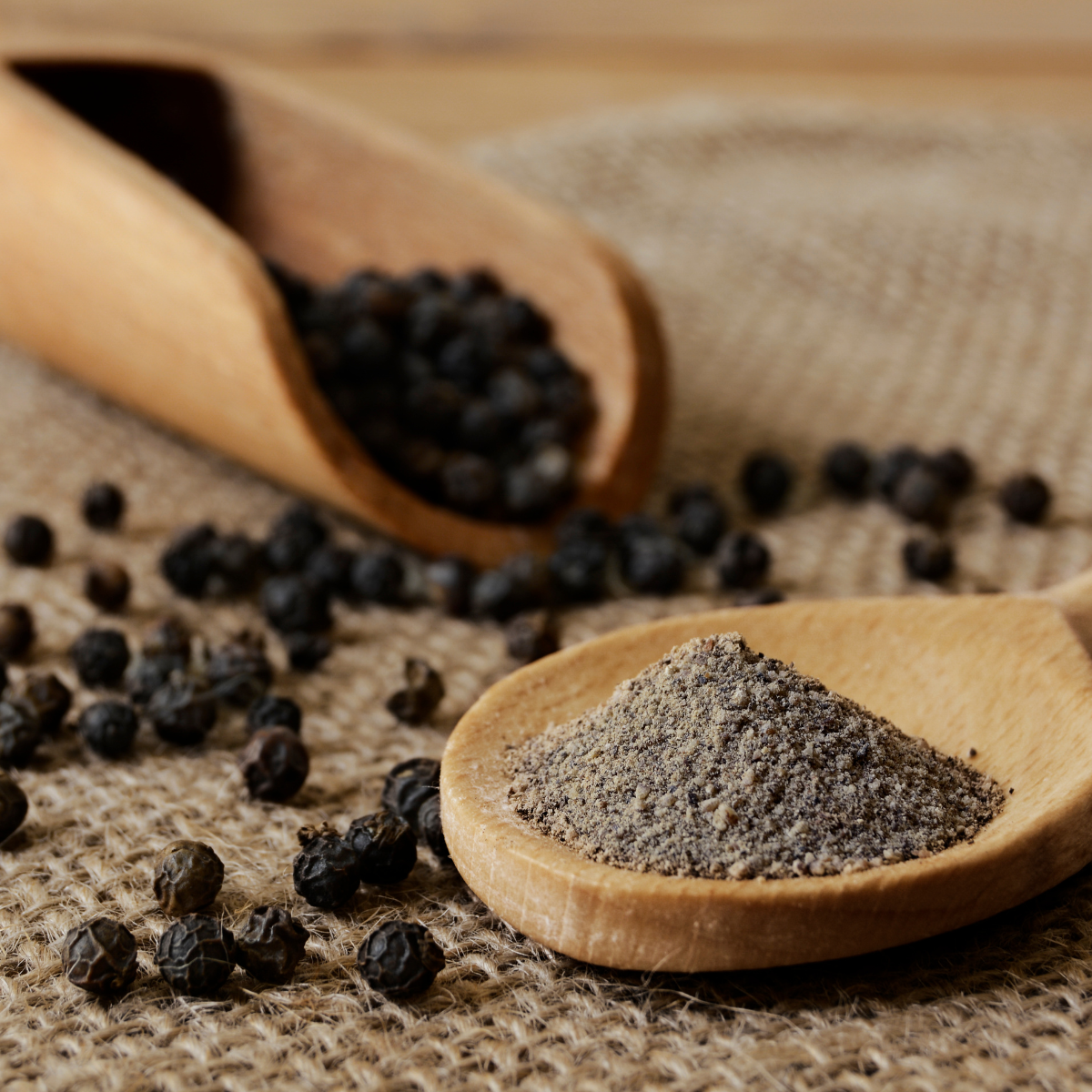
Black Pepper
One of the most basic spices, black pepper can be used whole or crushed. It is used everywhere from Indian curries to soup to stews to salads.
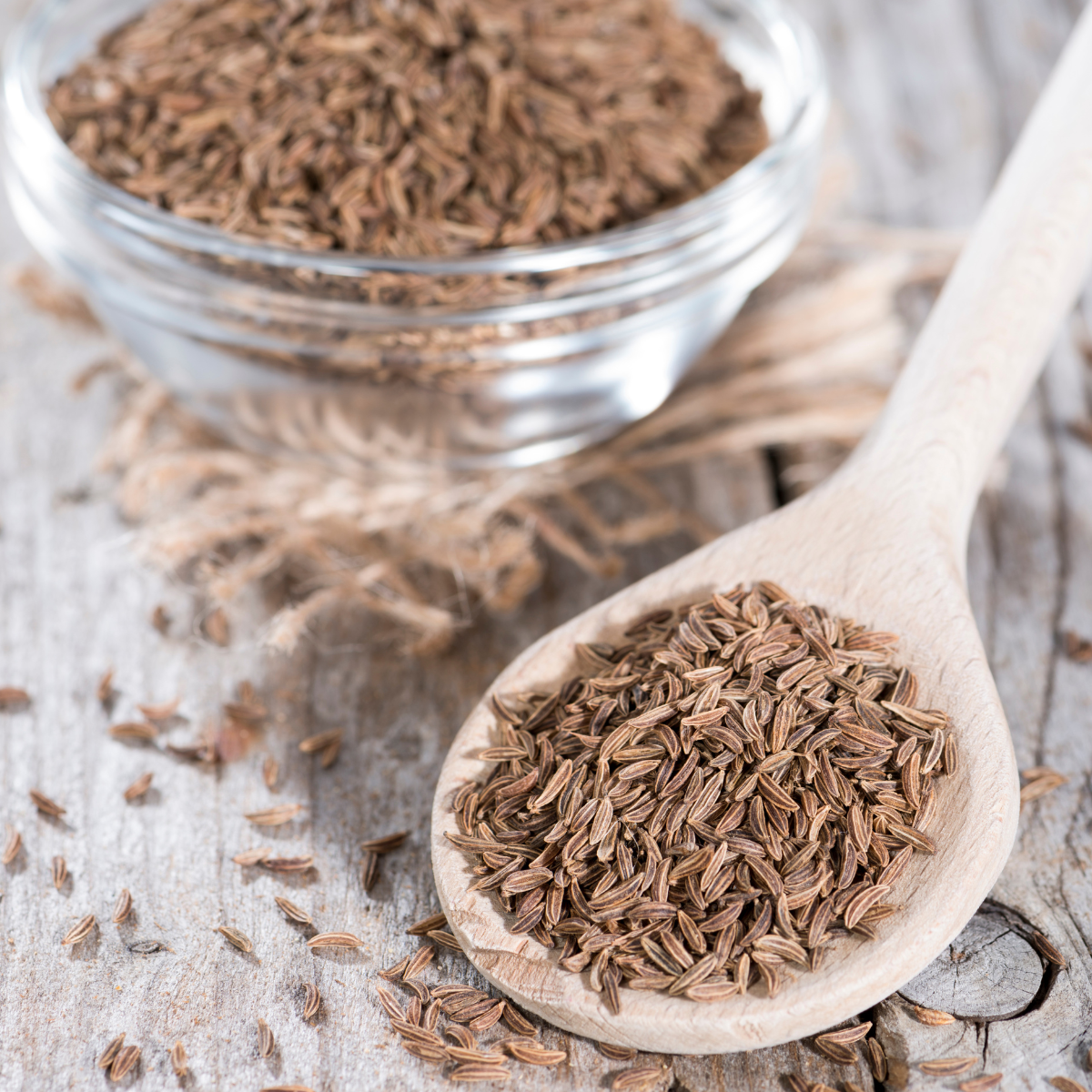
Caraway Seeds
Also called Black Cumin and Shah Jiru. It’s used as part of Garam Masala, for baking and in curries.
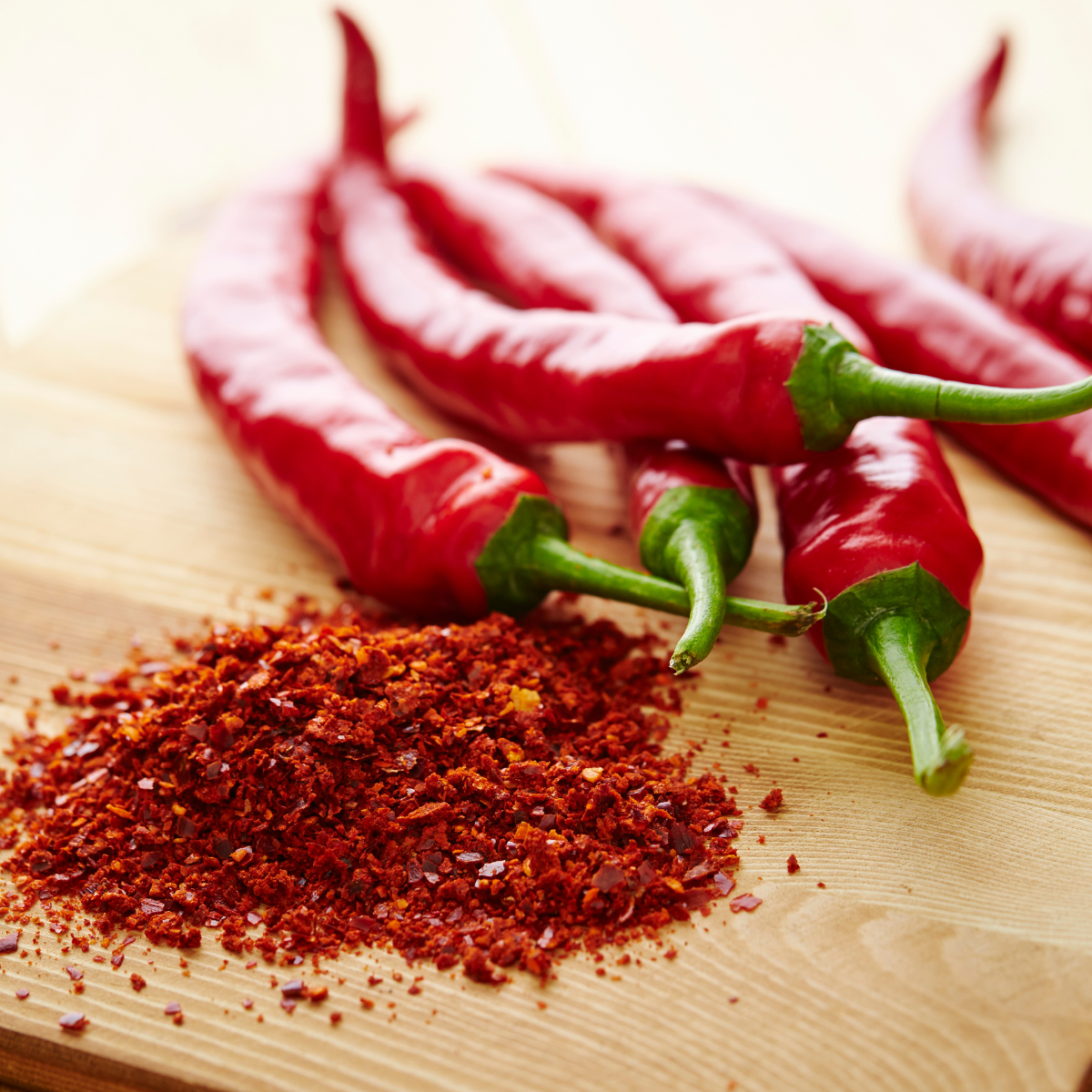
Chili Peppers
Foods containing chilis are considered to be as foods that burn fat increasing metabolism. Capsaicin is a thermogenic food, so it causes the body to burn extra calories for 20 minutes after person eat the chilies.
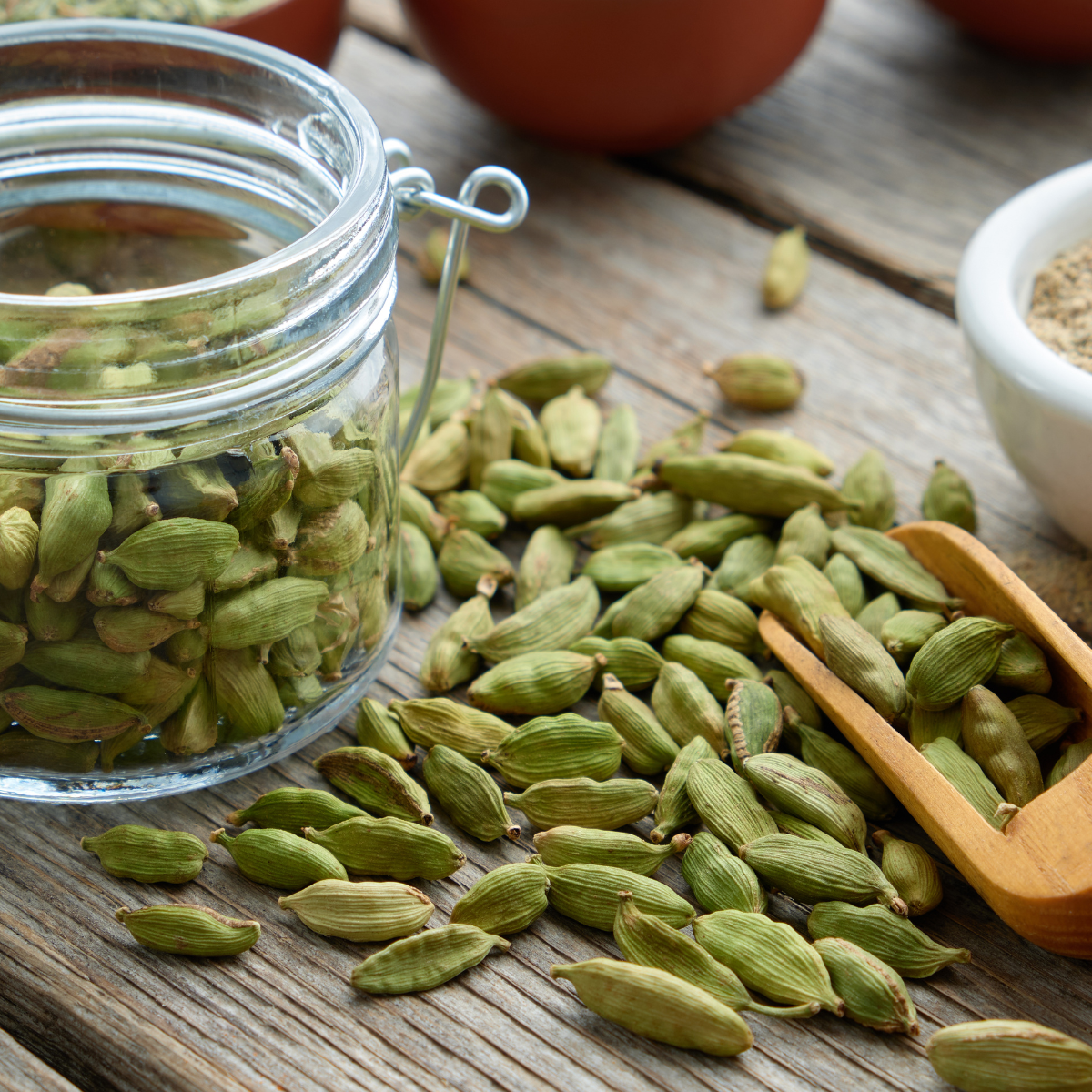
Cardamom
Popularly known as the queen of spices, Cardamom is a dried fruit of an herbaceous plant and one of the most valued spices. It is known as a thermogenic herb, which increases the metabolism and helps burn body fat. In Ayurveda, Cardamom is believed to soothe the digestive system because it helps the body process food more efficiently. It is popularly used as a flavoring agent in desserts. It’s also commonly used as a mouth freshener.
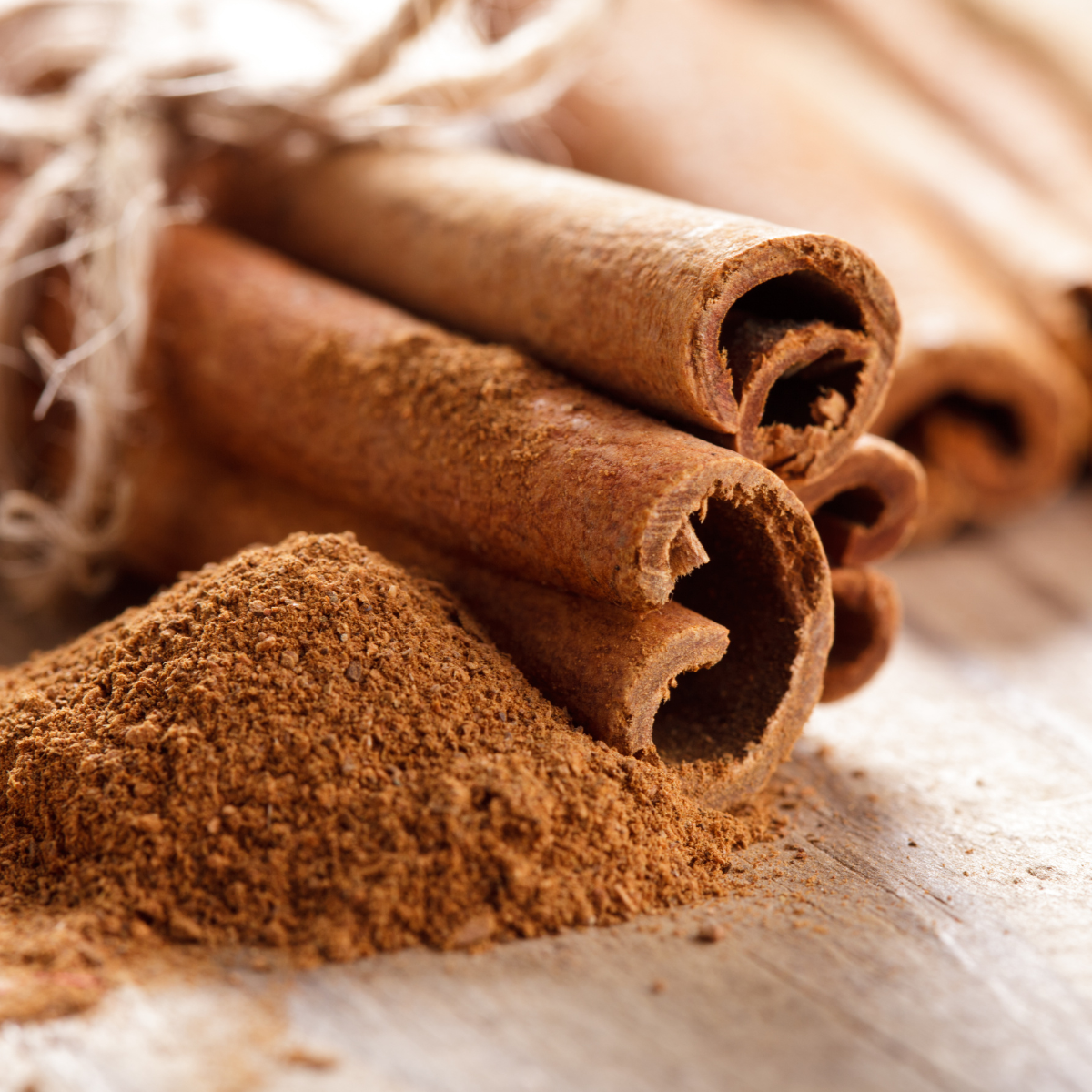
Cinnamon
Used extensively in Indian cooking, this aromatic spice improves insulin and lowers glucose, LDL cholesterol, and triglycerides in people with Type 2 diabetes. Cinnamon has a sweet, astringent taste and is useful as a flavoring agent in desserts, cookies, and curries. It is used as a carminative–a stimulant to treat nausea and vomiting. Cinnamon oil is a powerful germicide and has antiseptic properties.
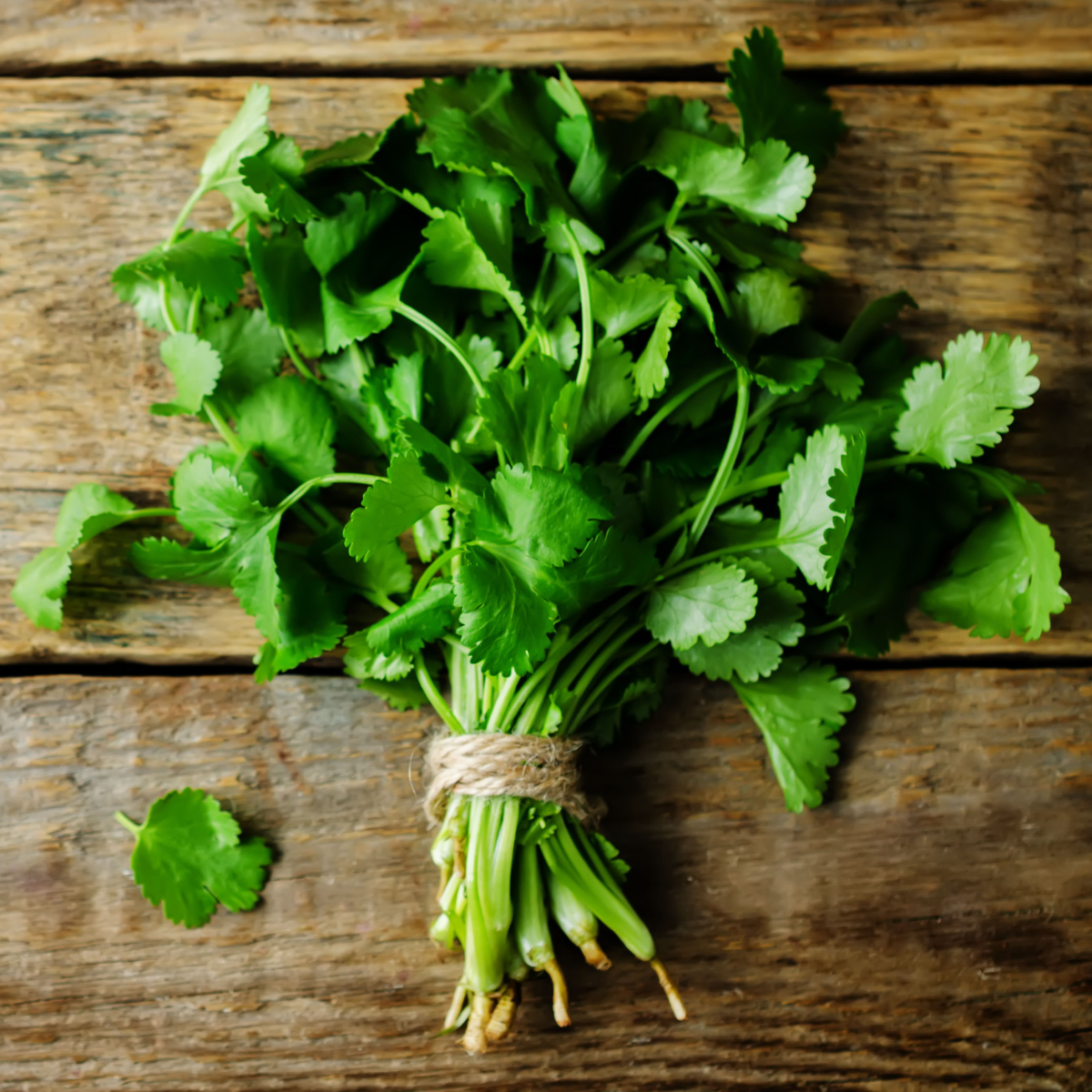
Cilantro
Aside from being a versatile spice, cilantro also has a number of health benefits. Because of its unique ability as a bonding agent for heavy metals, it’s great for removing toxins from the body, making it particularly helpful for aiding a variety of digestive problems. With its great taste and health benefits, cilantro makes a great addition to any kitchen.
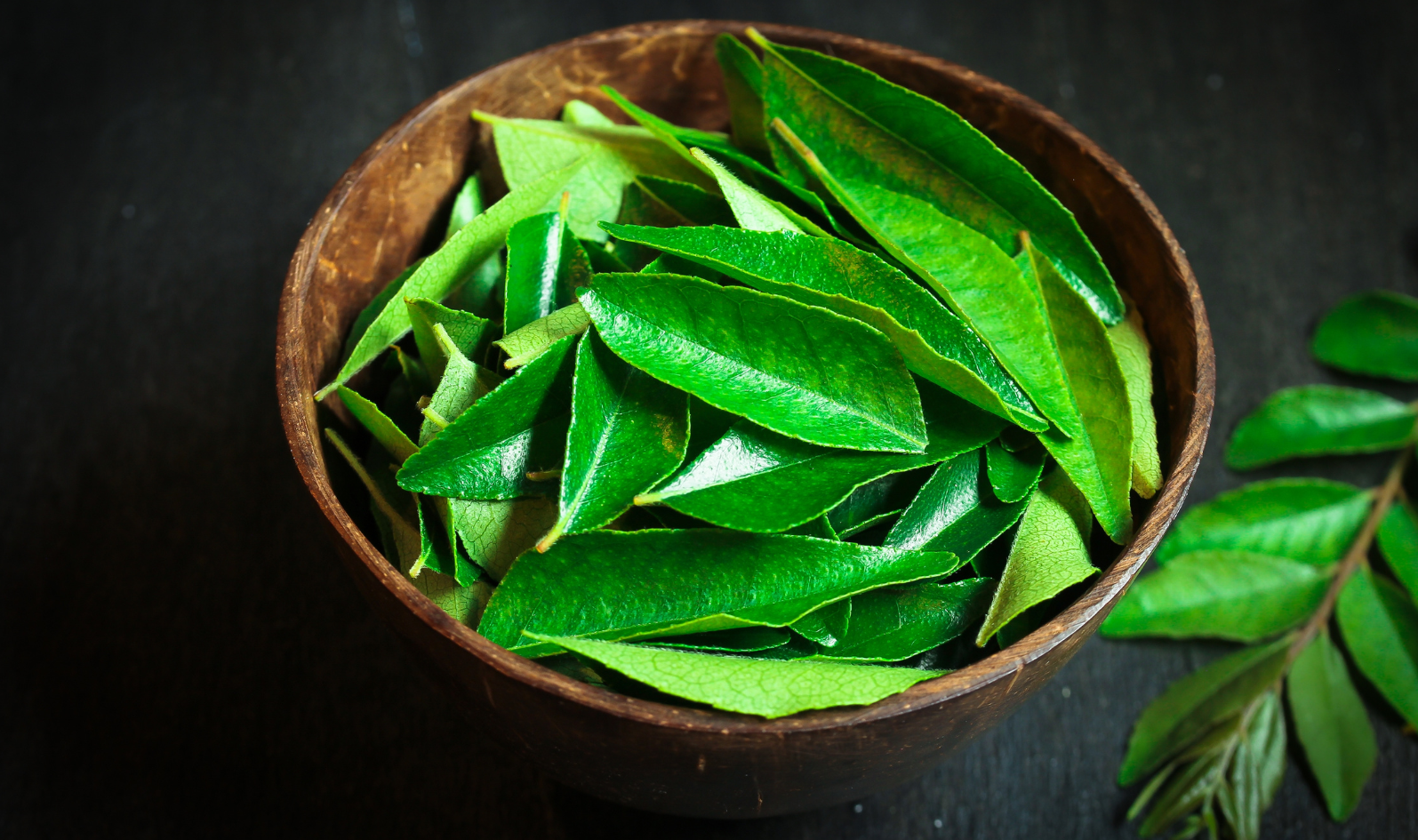
Curry Leaves
After Turmeric, Curry leaves are the next most important ingredients in an Indian Kitchen. Popularly known as “Curry Patta,” it is also called by its Indian name: “Meethi Neem.” These leaves are highly valued for their distinctive flavor and are used all over in the cuisine of India.
Eight to ten curry leaves boost health and fat loss. They can be chopped finely and mixed with food. They are a good source of Vitamin A, calcium, folic acid, and antioxidants. They also help with the absorption of iron. Other benefits include boosting circulation and anti-inflammation. It is also anti-diabetic, anti-microbial, hepatoprotective, Hypo-cholestrolemic, and delays premature graying.
These leaves are also widely used in treating bruises and skin diseases. They are used as a sedative and as a hair tonic. All Indian leafy vegetables were compared for their total antioxidant activity and the highest level was found curry leaves. Anti-fungal activity was also found and that’s why the leaves are also used to fight bad breath and gum diseases.
Like many other spices and herbs, Curry Patta have a strong presence in our daily Indian food. It is always a good idea to include curry leaves in our recipes. It can be used raw or cooked. They can also be ground and used as paste in curries and, as I like, in chutneys. Leaves dried in the open air will lose their pungency, but washed and air-dried for couple of hours can be kept in a plastic bag for more than two weeks, though it is best as fresh leaves. Many families in America try to grow neem plants at home.
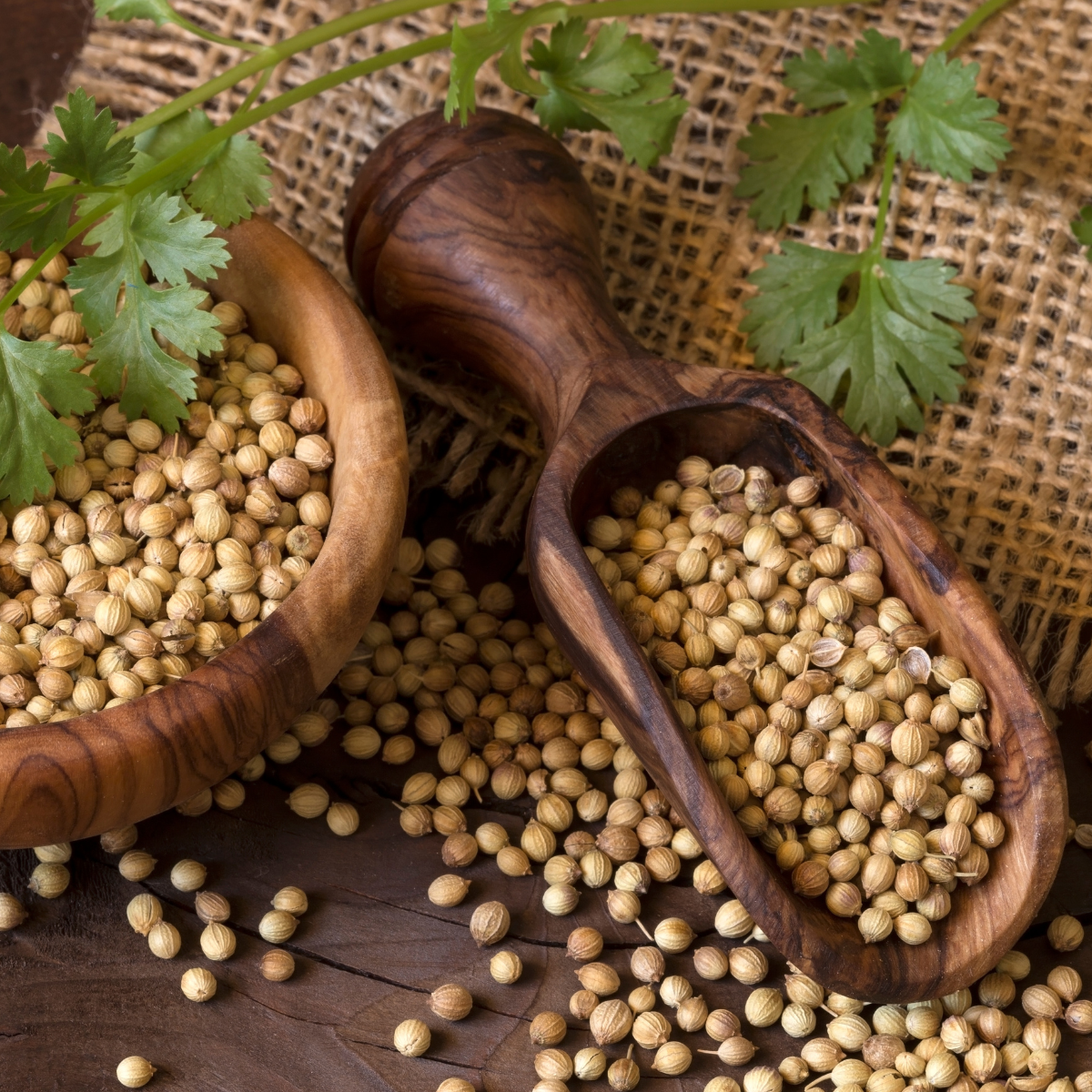
Coriander Seeds
Coriander seeds are one of the oldest spices used by mankind. They are very popular in Spain, India, and Mexico in the form of a dried powder. Fresh coriander leaves are called Cilantro, which I use them in all my recipes as garnish. Both seeds and leaves are pleasantly aromatic and will leave your kitchen smelling sweet. Coriander seeds are considered to be a diuretic, carminative , and can also sharpen the appetite.
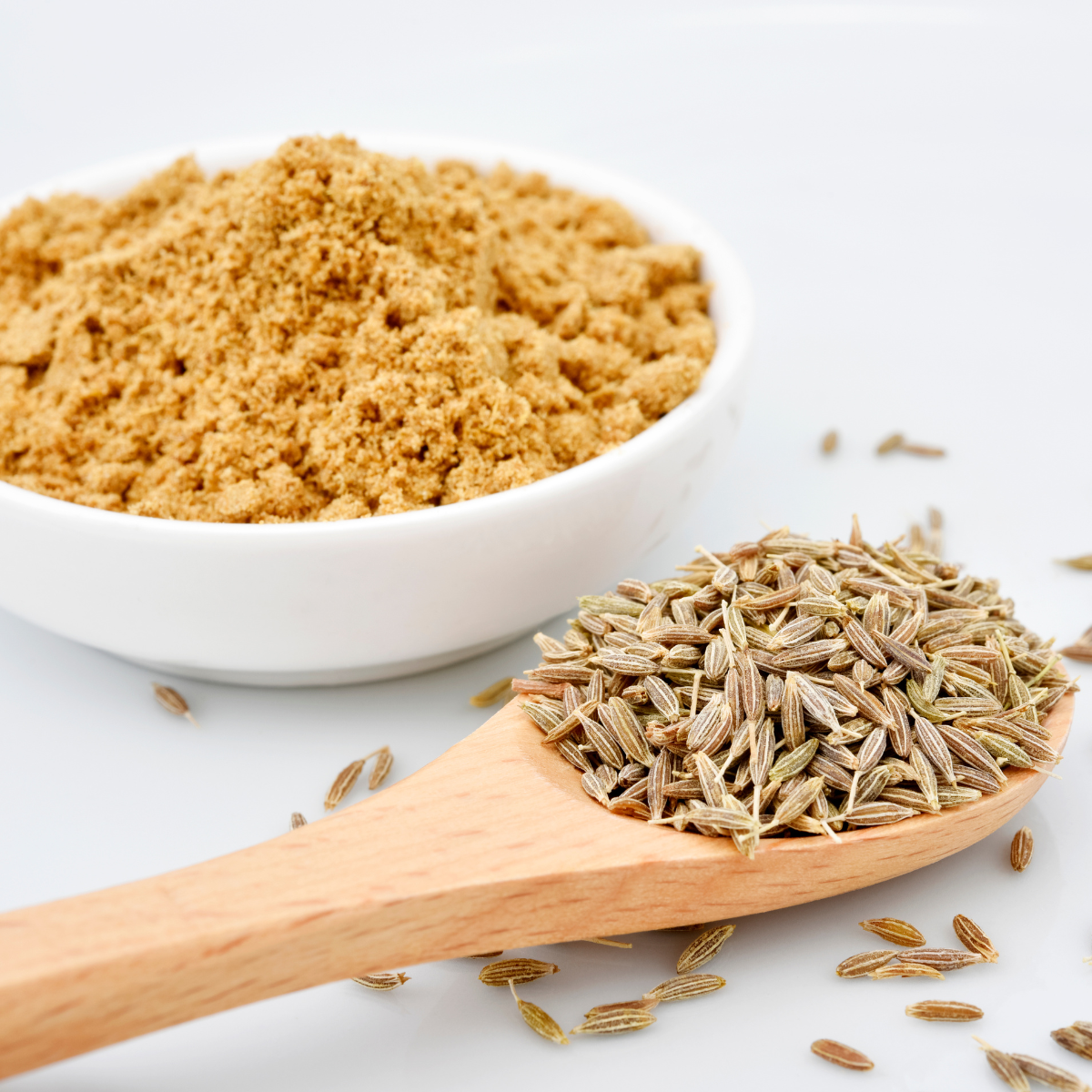
Cumin
Cumin is a light and dry grayish-brown seed. It is widely used in all recipes. It is similar to caraway seeds but a little longer. The odor is peculiar, strong and heavy but the taste is slightly bitter. It is used as one of the main ingredients in allspice. It is considered an astringent, a stimulant of gastric juices and aids in digestion. It is useful in in treating diarrhea, colds and sore throats.
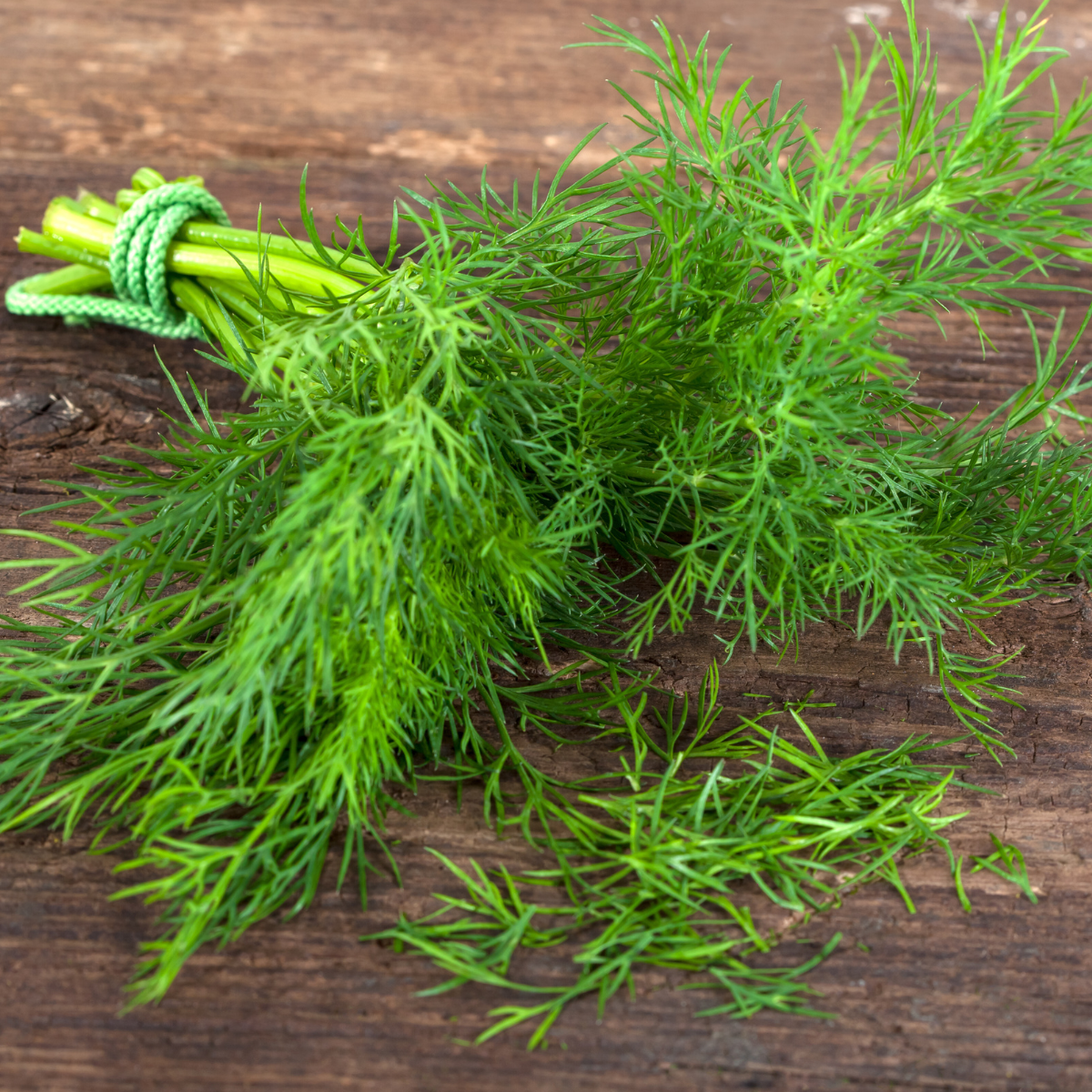
Dill
Dill has various uses in rice, daals and curries. It can be used fresh or as seeds called Suva. Dill helps aid digestion. Nursing moms can have dill water to help reduce gas in babies.
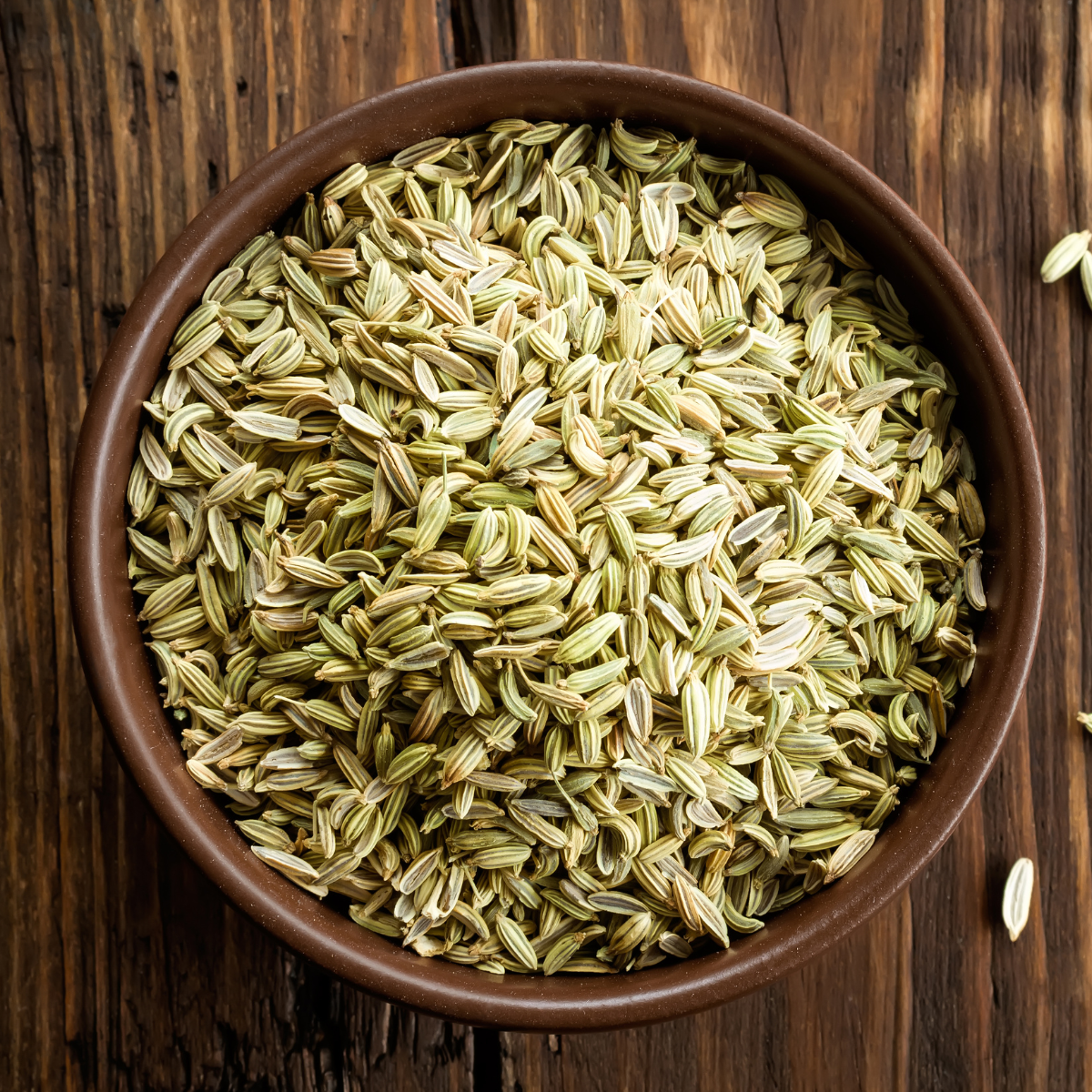
Fennel
Also called variali, fennel can be used as seeds or in powder form. Fennel has a sweet, licorice taste and is used all over India as a mouth refresher after dinner.
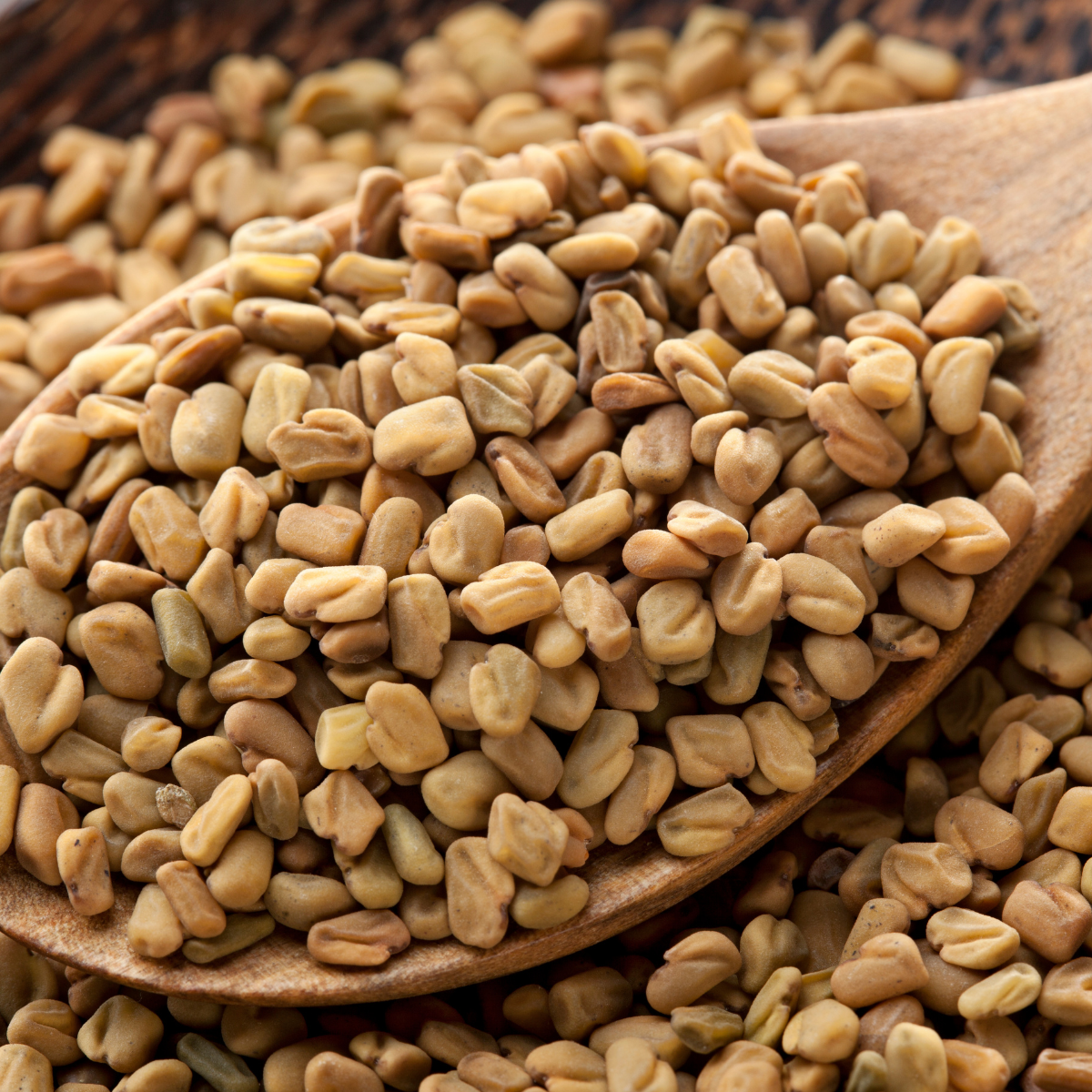
Fenugreek
Fenugreek seeds are also called methi seeds. Fenugreek is available as fresh leaves or in a powder form, and used in curries, and a variety of recipes.

Garlic
One of the most effective fat burning food, garlic contains the sulfur compound allicin which has anti- bacterial effects and help reduce cholesterol and unhealthy fats. It is carminative and aids in digestion. It is very popular in world of medicine for its healing properties. It is widely used in all over the world in soups, beans, and curries.
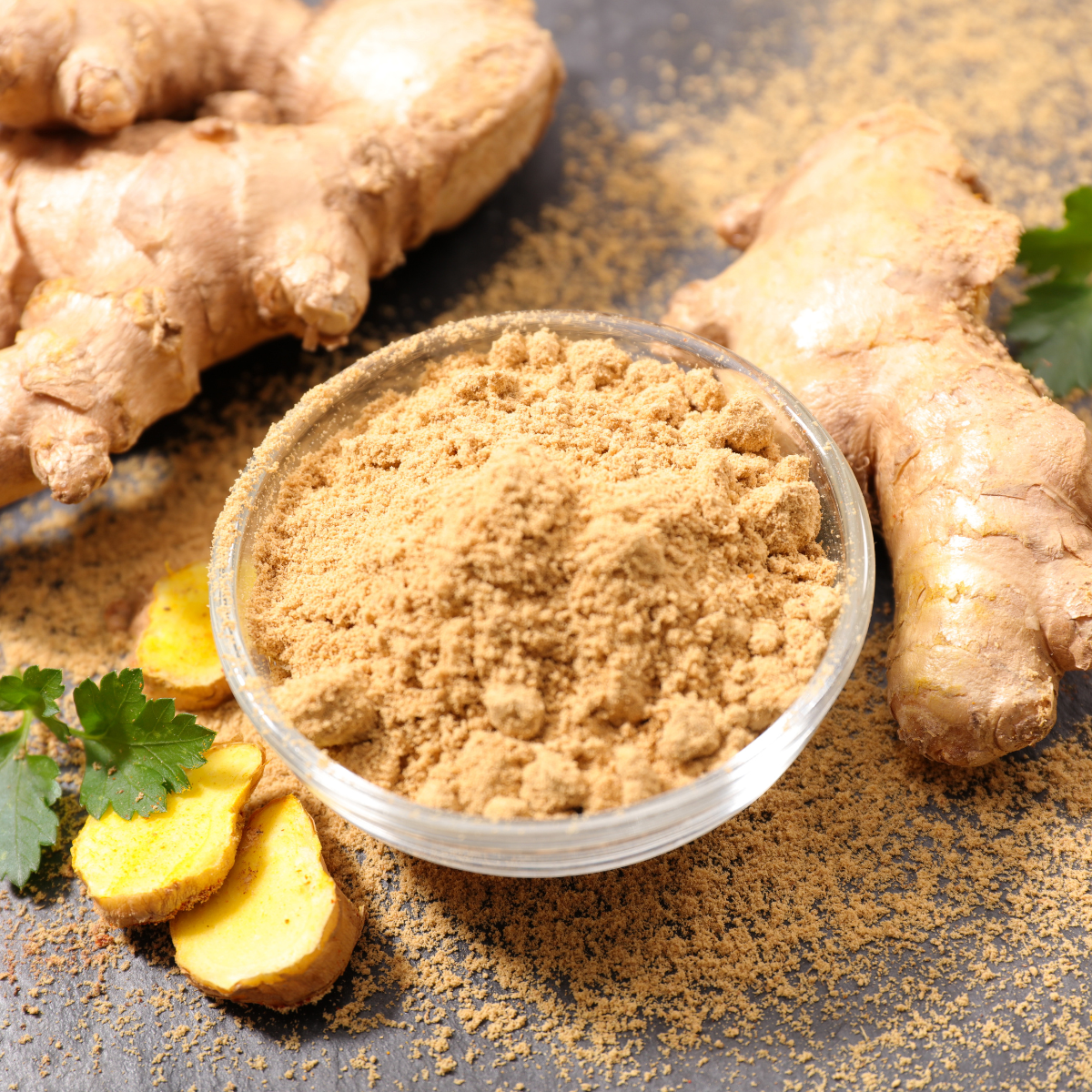
Ginger
Fresh ginger is an underground root plant. It is one of the most important and oldest spices. The aroma of ginger is pleasant and spicy. Ginger is used in many food products like baked goods and confections. It is widely used in many dals and legumes dishes, as well as a variety of beans and rice and vegetable dishes. According to Ayurveda, ancient science of medicine, ginger is used to aid in the digestion of food. It is helpful in relieving cramps and excellent to ward off colds. Dry ginger is also used widely in various different dishes.
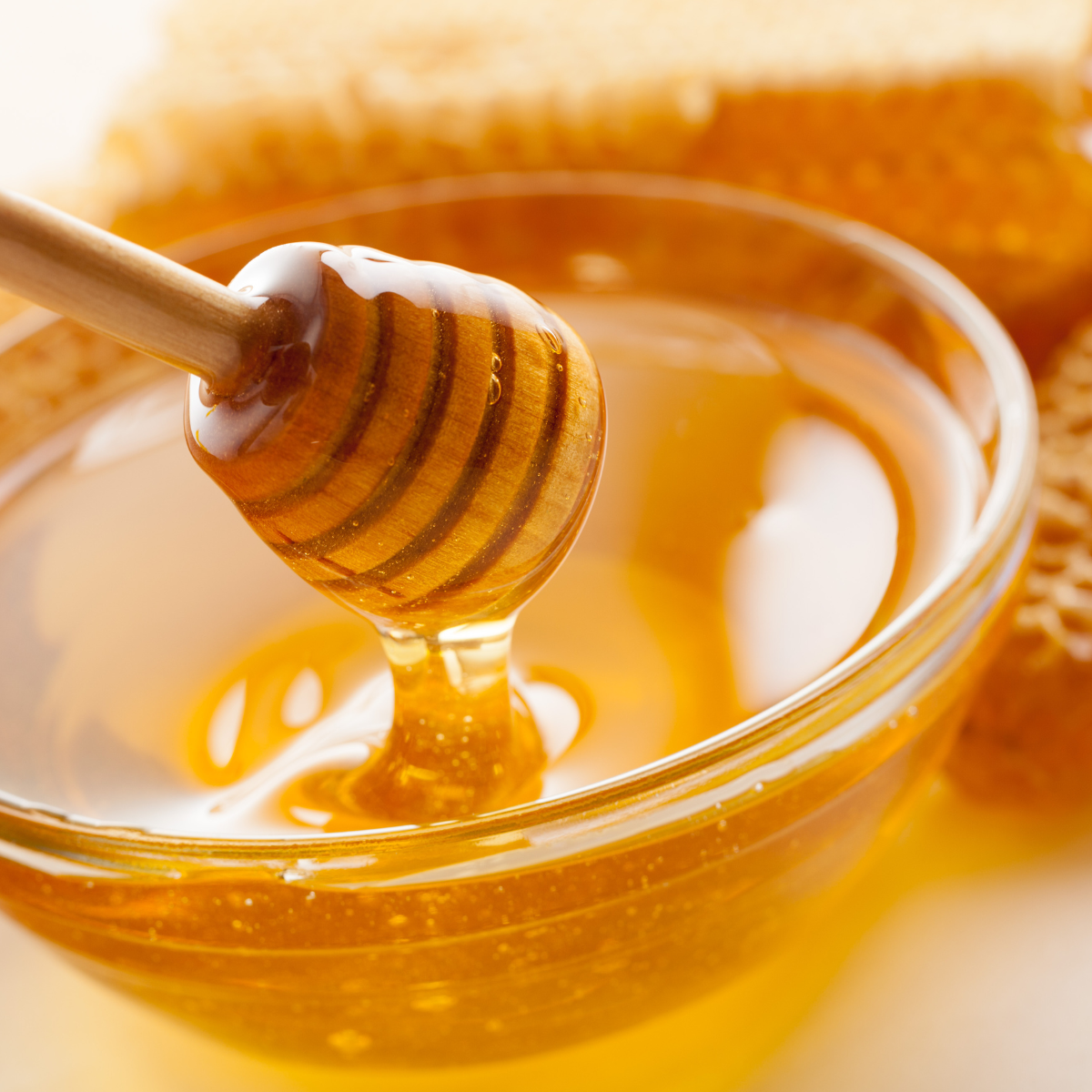
Honey
Honey is a home remedy for obesity. Honey mobilizes the extra fat deposited in the body allowing it to be utilized as energy for normal functions. It is recommended that you take one tablespoon with luke warm water early in the morning. It is known as a fact that honey has no expiration date so it does not go bad. The best honey available is from New Zealand and is called Manuka. This kind of honey is very popular and is known for its high UMF factor. The higher the UMF the better and the more expensive. The range is from 5 – 25.
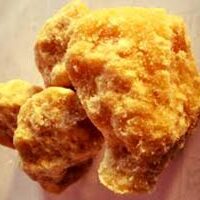
Jagri
As sugarcane juice boiled and made into a thick cake/paste, Jagri is healthier than sugar as it is not processed or refined.
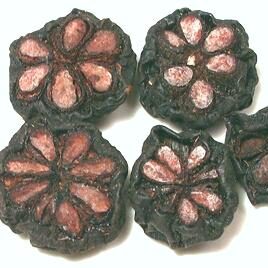
Kokam
Kokam is a dried fruit and has a sour taste. It is used instead of lemon juice in recipes.
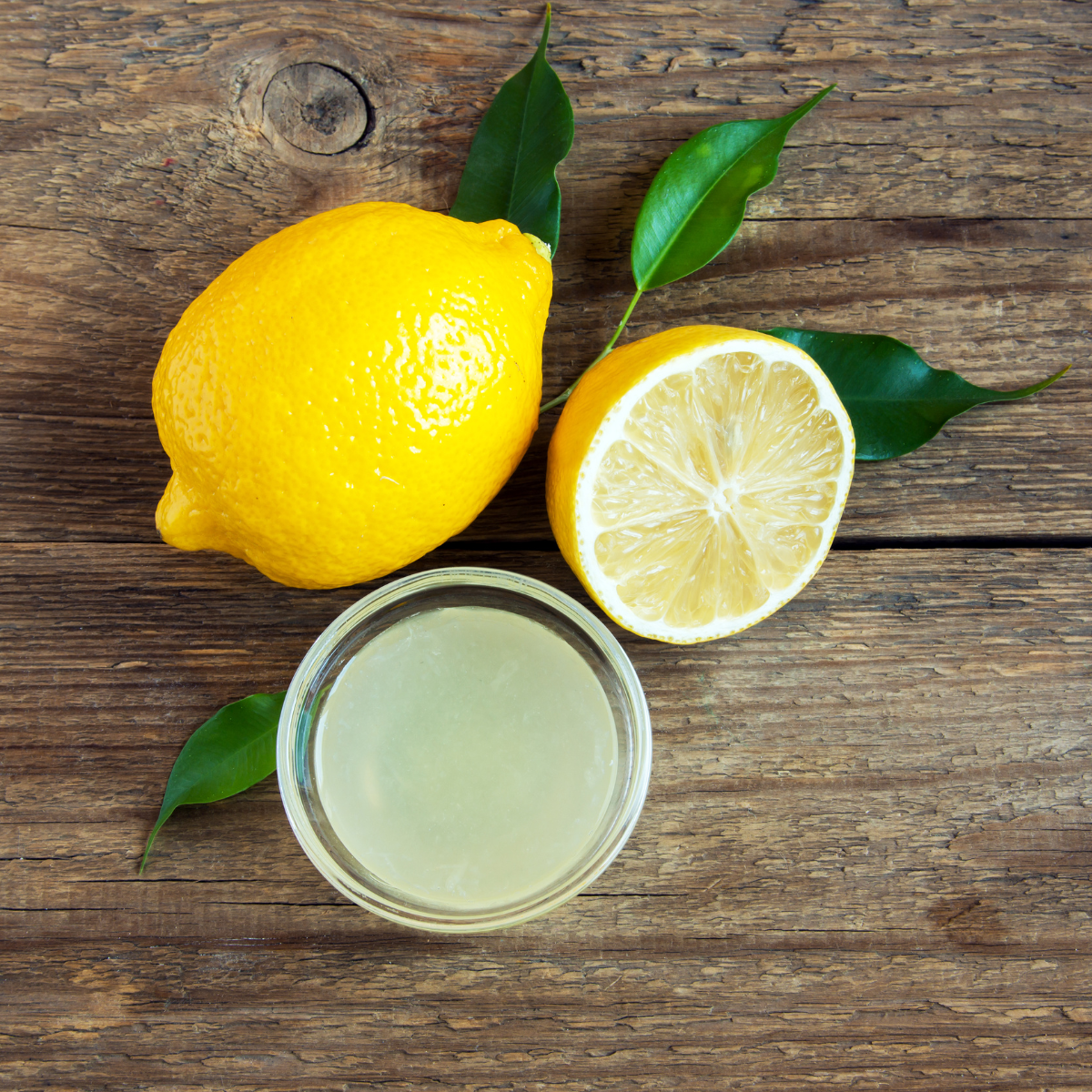
Lemon Juice
Lemon juice is used to add a sour citrus flavor to both sweet and savory recipes. In addition to its strong sour flavor, lemon juice also carries a number of health benefits. Keeping a positive alkaline state has been proven to help prevent cancer, and lemon juice helps to keep your alkaline state positive. Lemon juice also helps to purify your blood and detoxify your system. Lemon juice helps to keep you healthy and it adds a great flavor to your recipes, so be sure to keep it in your kitchen.
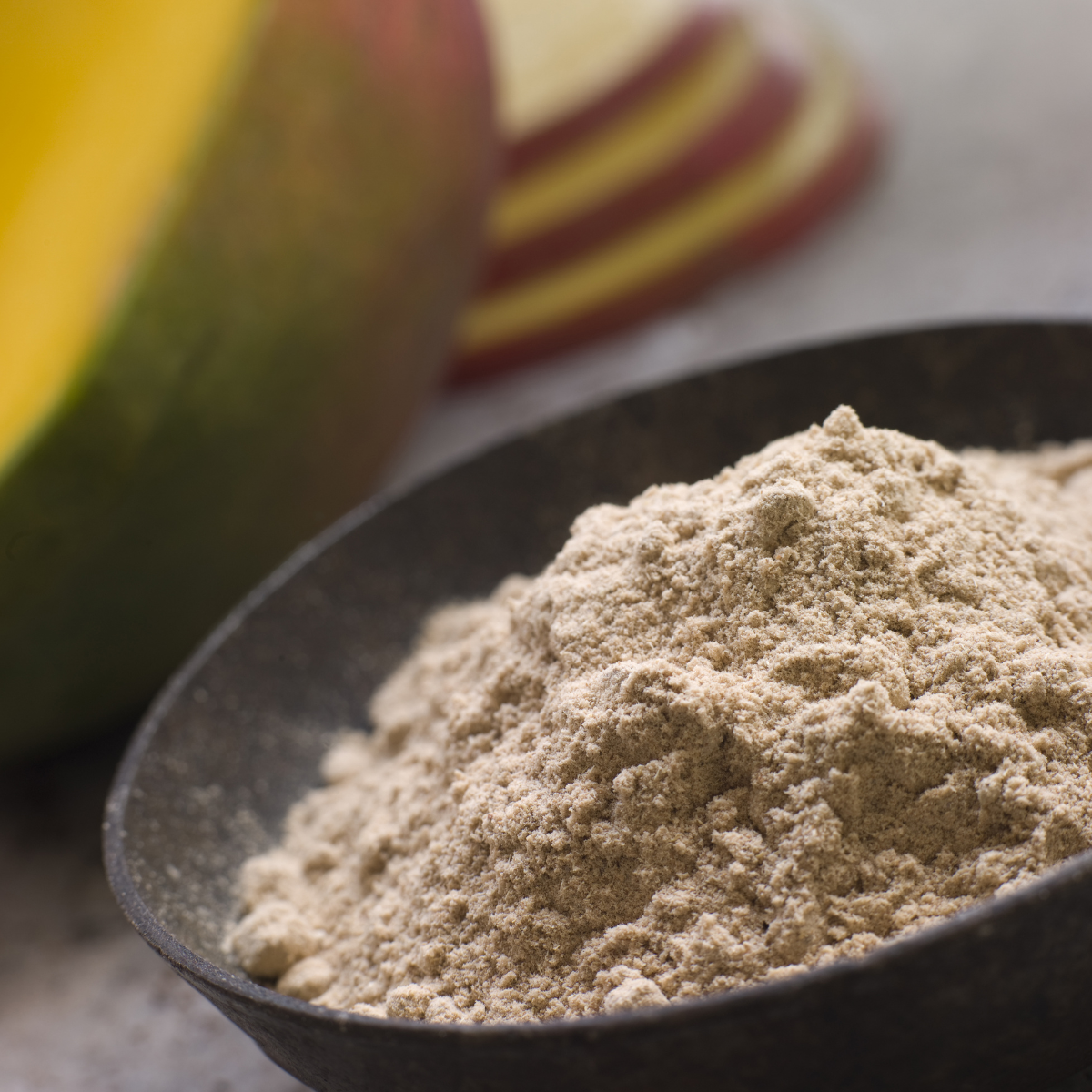
Mango Powder
Mango powder is used to add a unique sweet and sour flavor to both savory and sweet dishes. In addition to its great taste, mango powder has some significant health benefits. First and foremost, antioxidants found in mangos have been proven to help prevent cancer. Mango powder also helps to lower cholesterol, and promote eye health. Great flavor and great health benefits make mango powder a welcome addition to any spice rack!
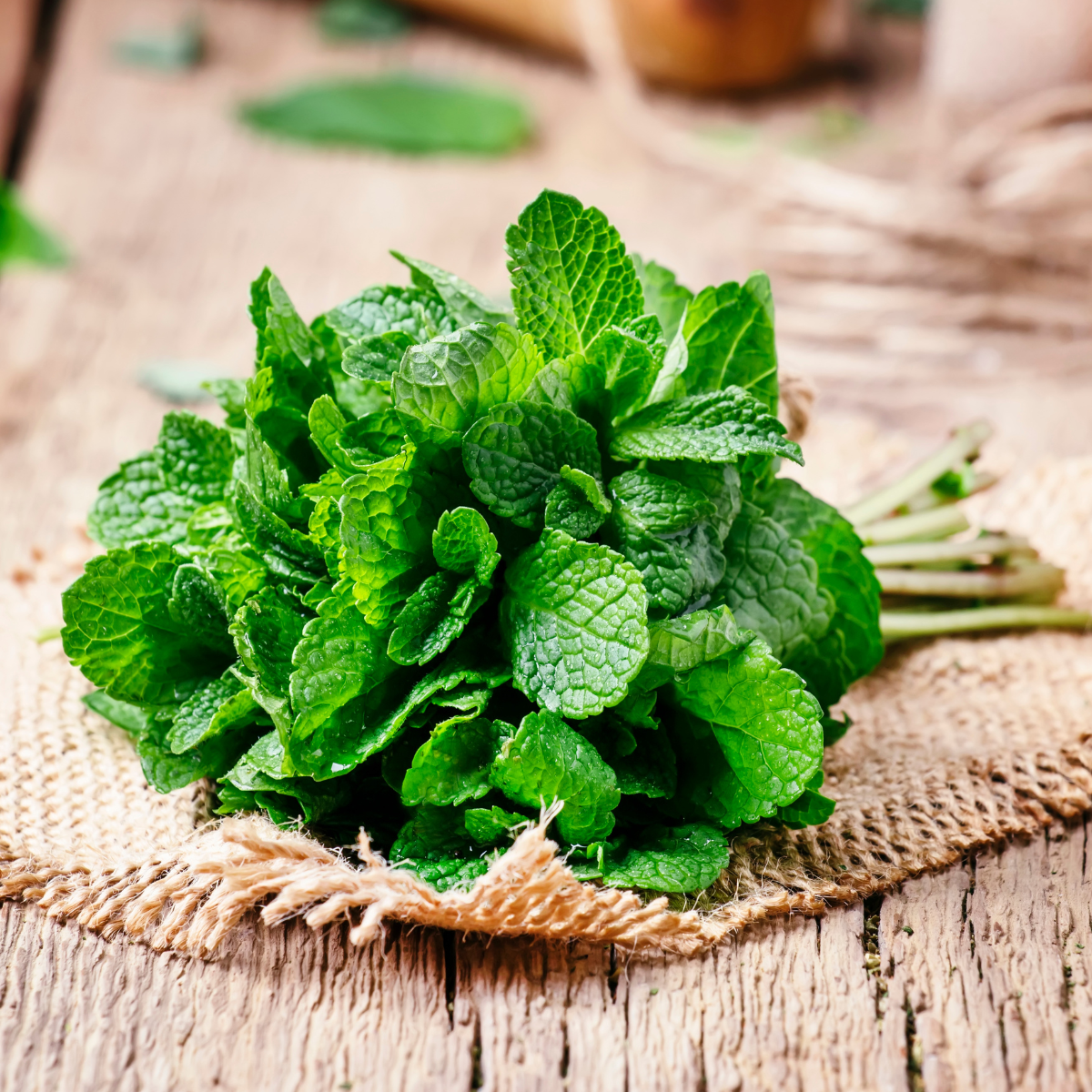
Mint
Mint is a famous herb and has various uses.
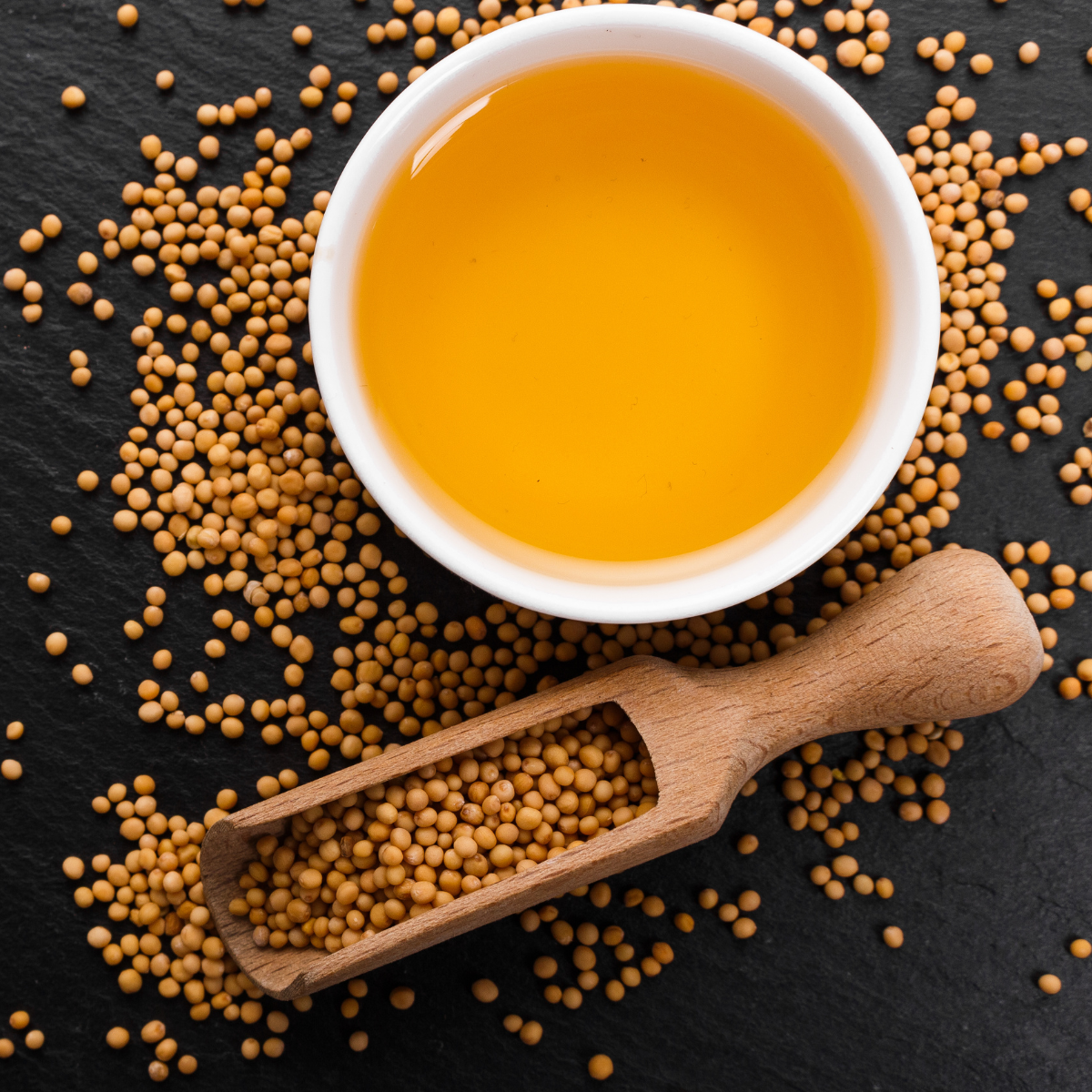
Mustard Oil
This strong pungent tasting oil has low saturated fat as compared to other oils. It consist of fatty acid, oleic acid, erucic acid and linoleic acid. It has antibacterial properties so it was highly used in pickles. It is loaded with essential vitamins.
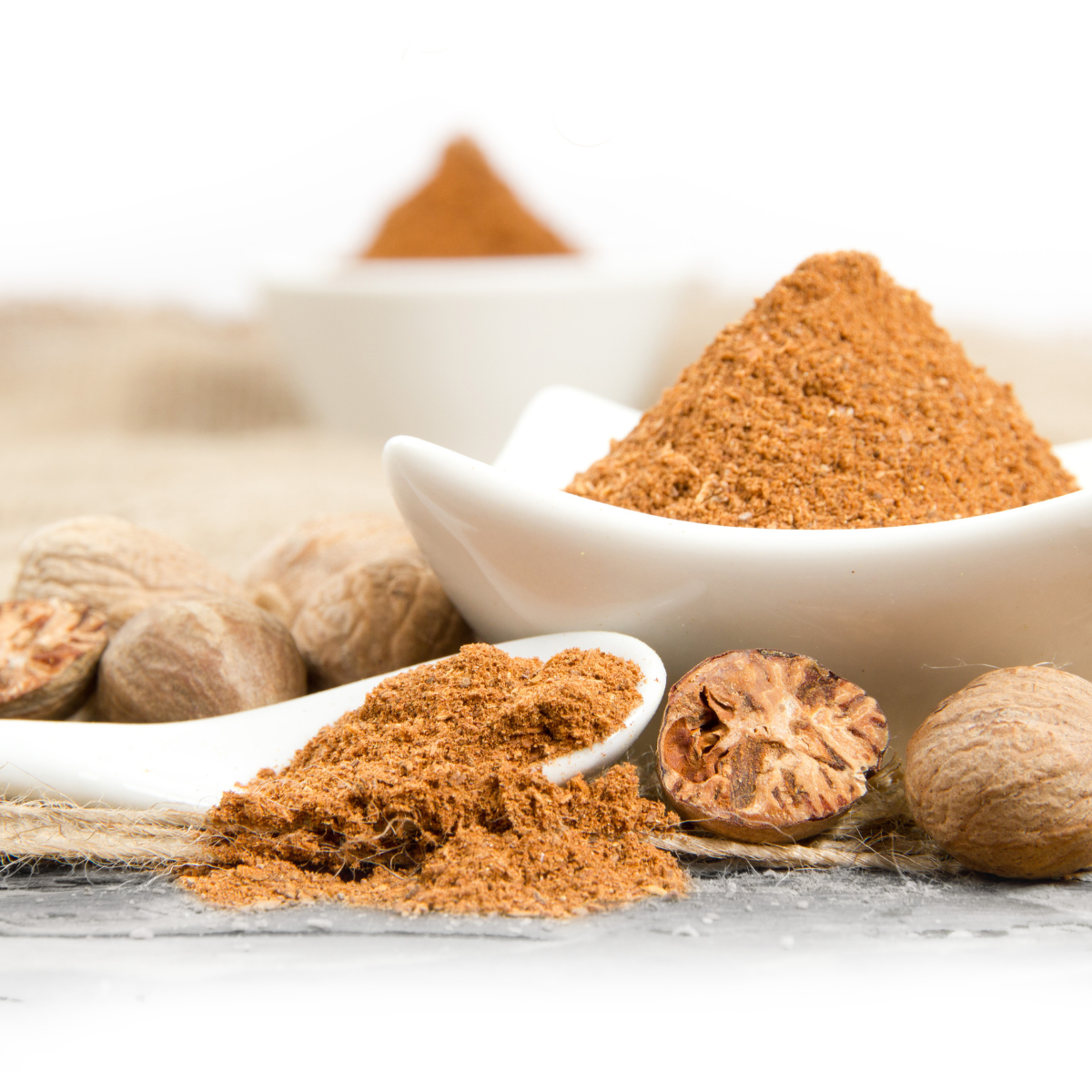
Nutmeg
Nutmeg adds a strong unique flavor to both sweet and savory dishes, and it also has a lot of health benefits. Nutmeg has antibacterial properties, and as such, it can help to kill bacterial in the mouth that can lead to cavities. Myristicin, which is found in nutmeg, has been linked to improving memory. Nutmeg has also been proven to aid in digestion making it ideal to help treat an upset stomach.
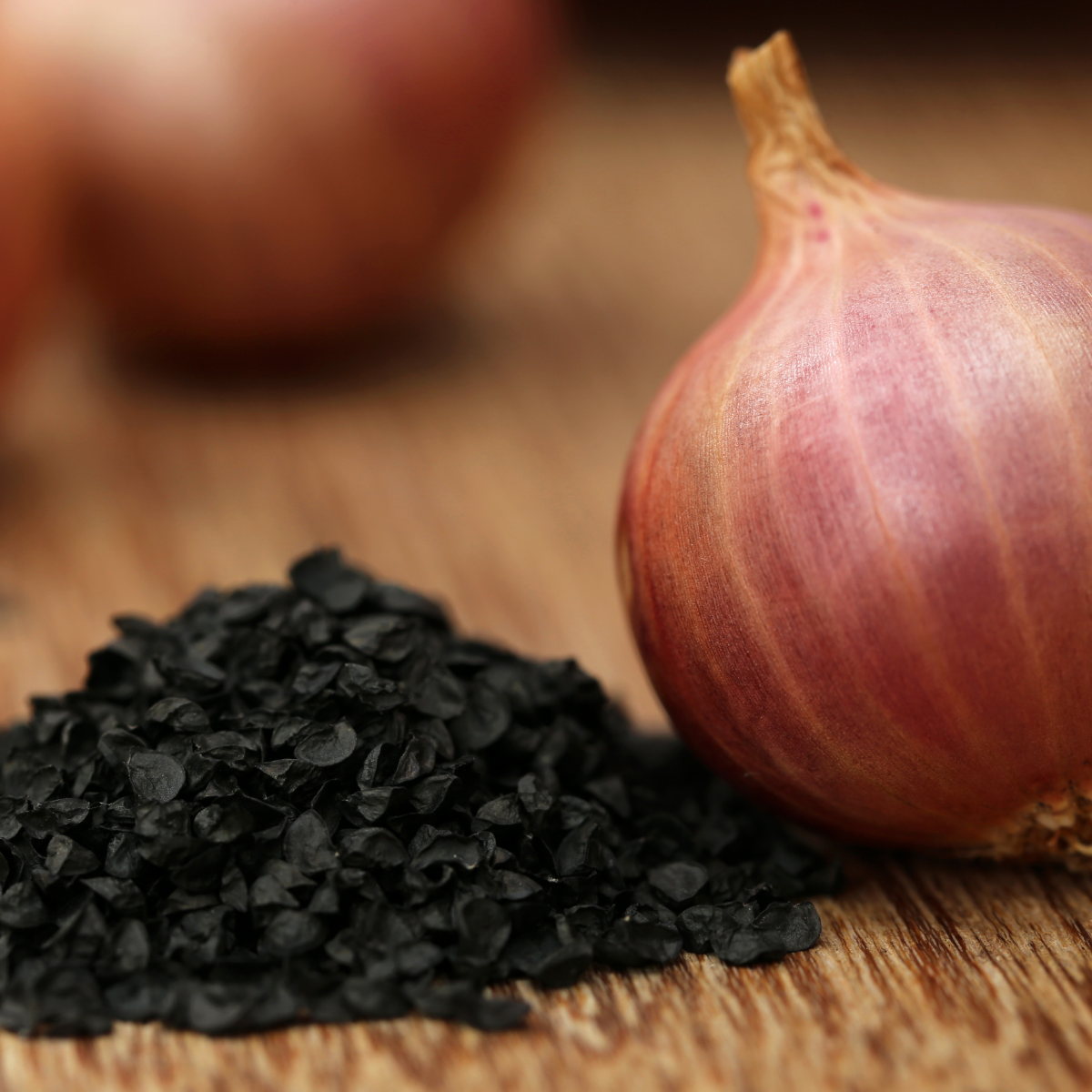
Onion Seed
Also called kalunji, this spice looks like black seeds. It is used in Naan, chutneys and different gravies. It’s one of the spices in panch puran (a blend of 5 spices that many households keep).
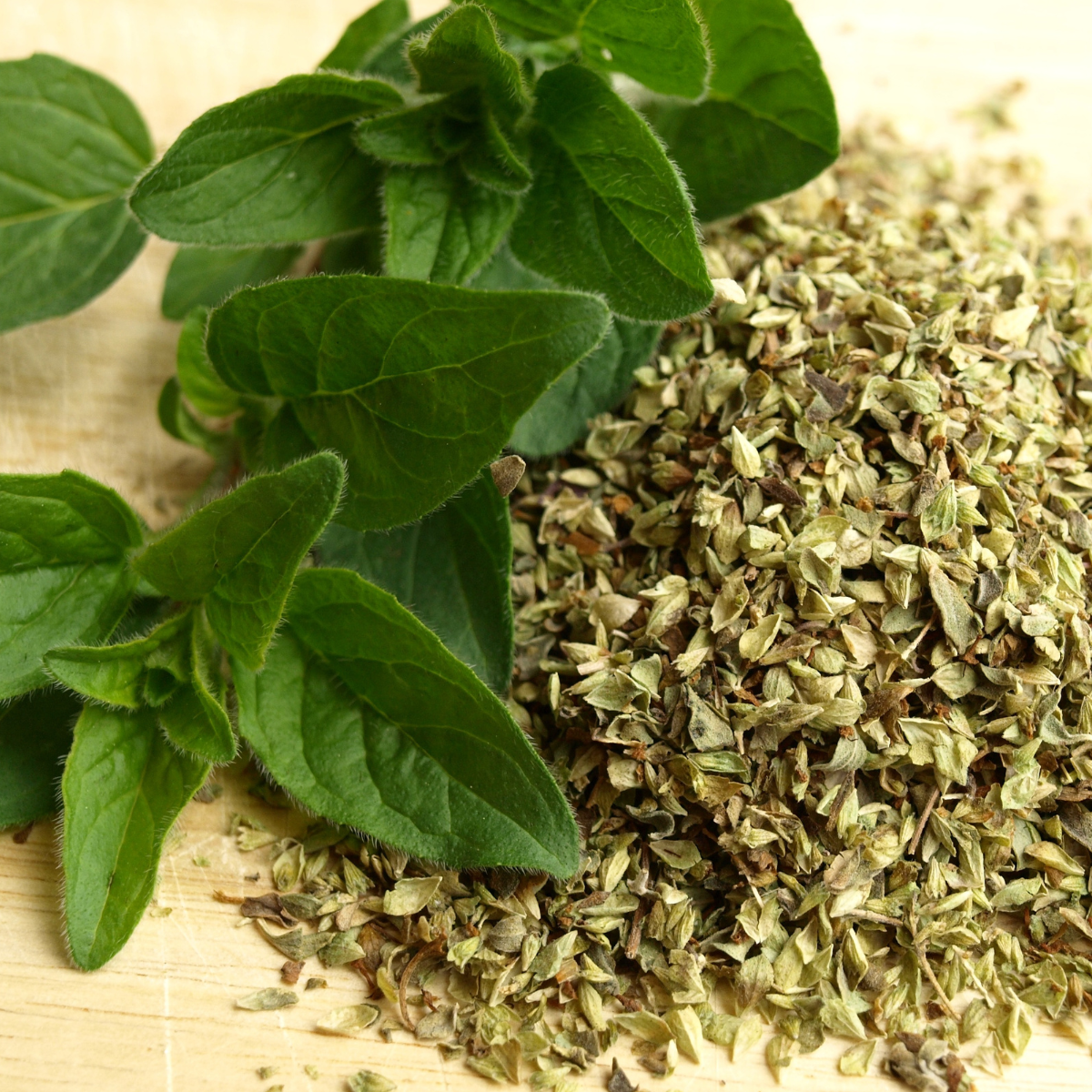
Oregano
A famous Italian spice used in pastas and pizzas.
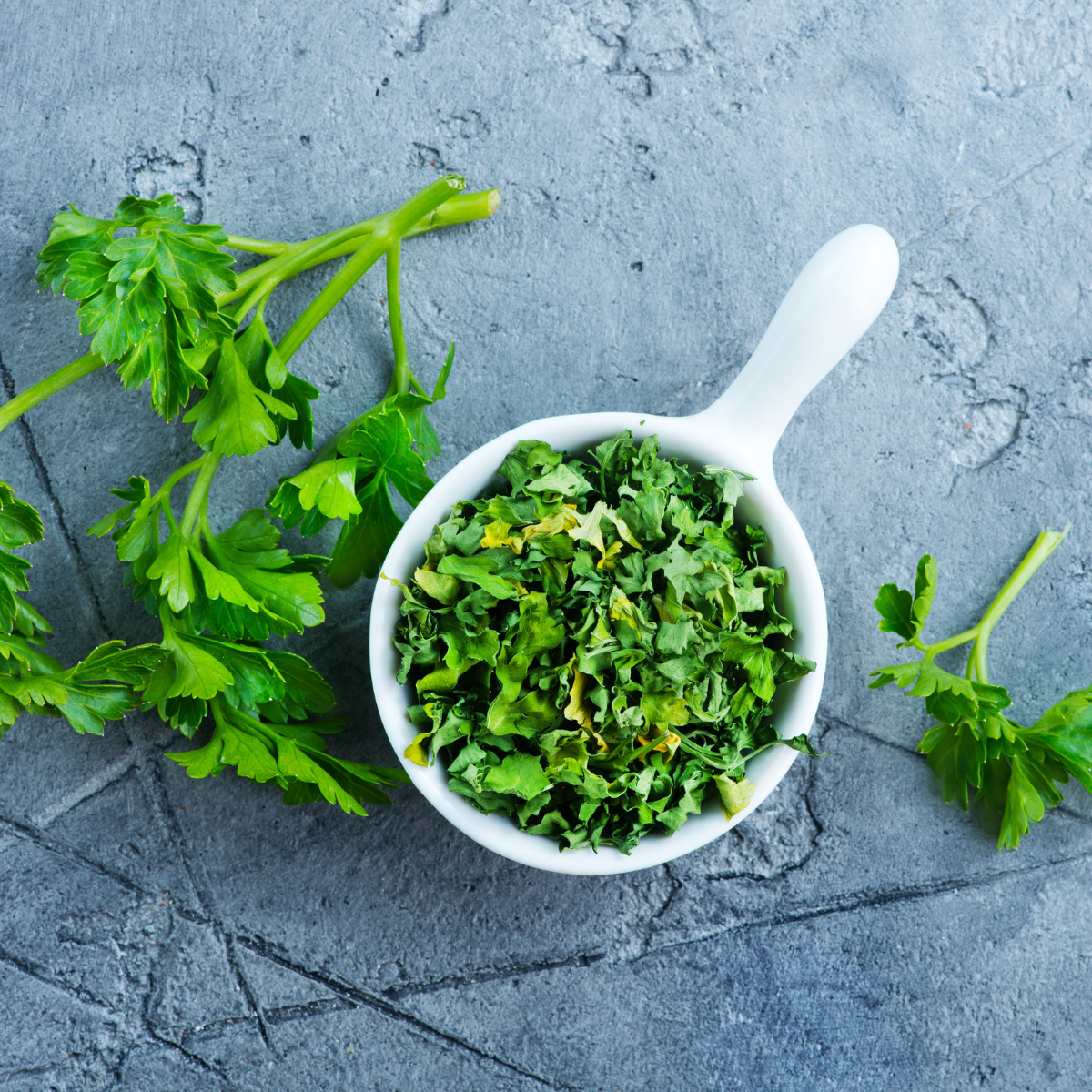
Parsley
Parsley is commonly thought of as a garnish, but it can also be used to enhance the flavor of a wide variety of dishes. In addition to its great flavor, parsley has some significant health benefits. Parsley contains myristicin which helps to remove various toxins from the body, and ultimately it can help to prevent various types of cancer. Parsley also contains antioxidants which help to metabolize carbohydrates, and acts as an anti-inflammatory.
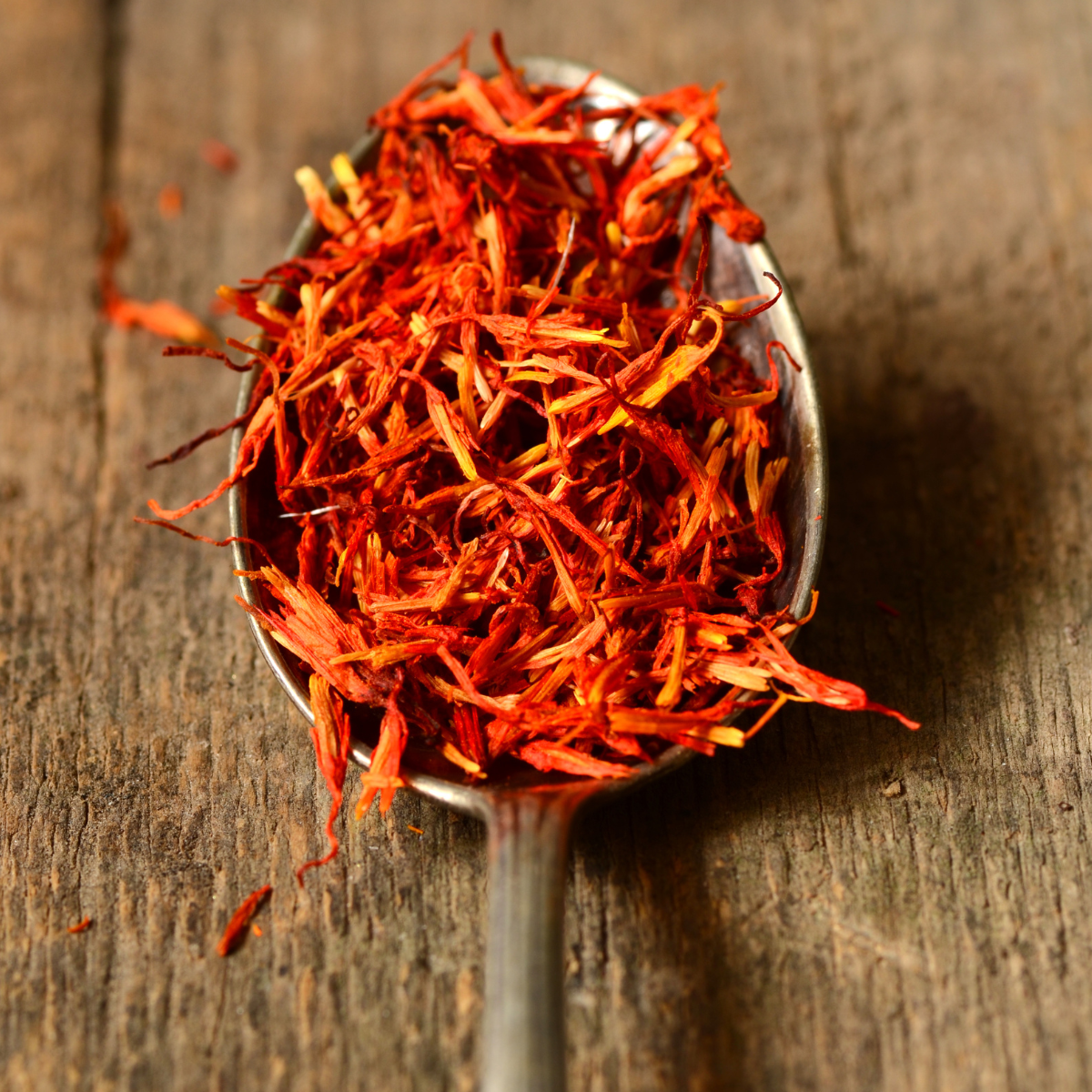
Saffron
Saffron is known for being the most expensive spice available, and it’s used in both sweet and savory dishes. Saffron also carries a number of health benefits. It has been used to treat stomach problems, it inhibits skin tumors, and it even helps to improve eye and vision health. It may be pricey, but this unique spice packs a great flavor, and a lot of wonderful health benefits.
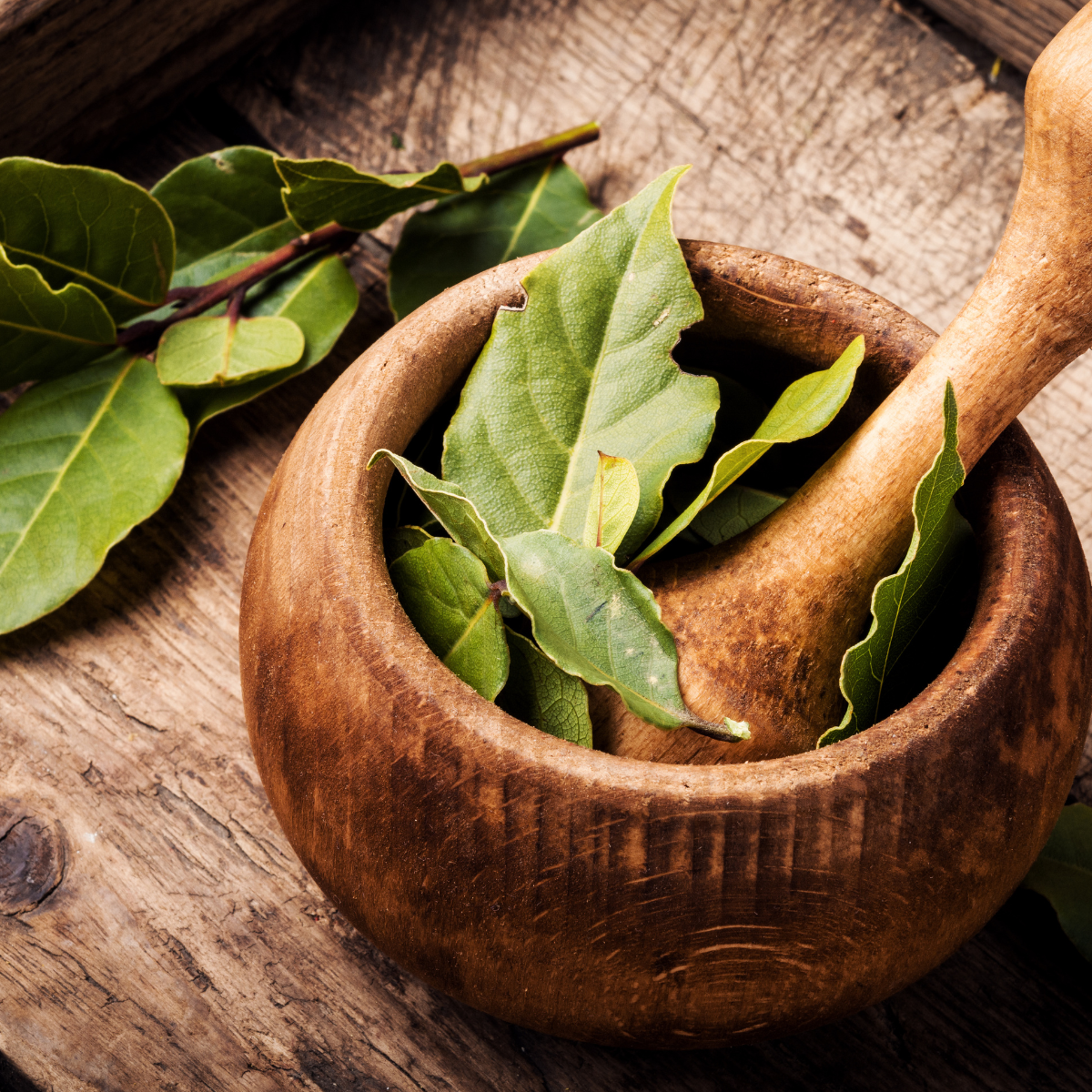
Tamal Patra
Also called Tejpatta or Bay Leaves, this spice gives flavor but can be almost optional.
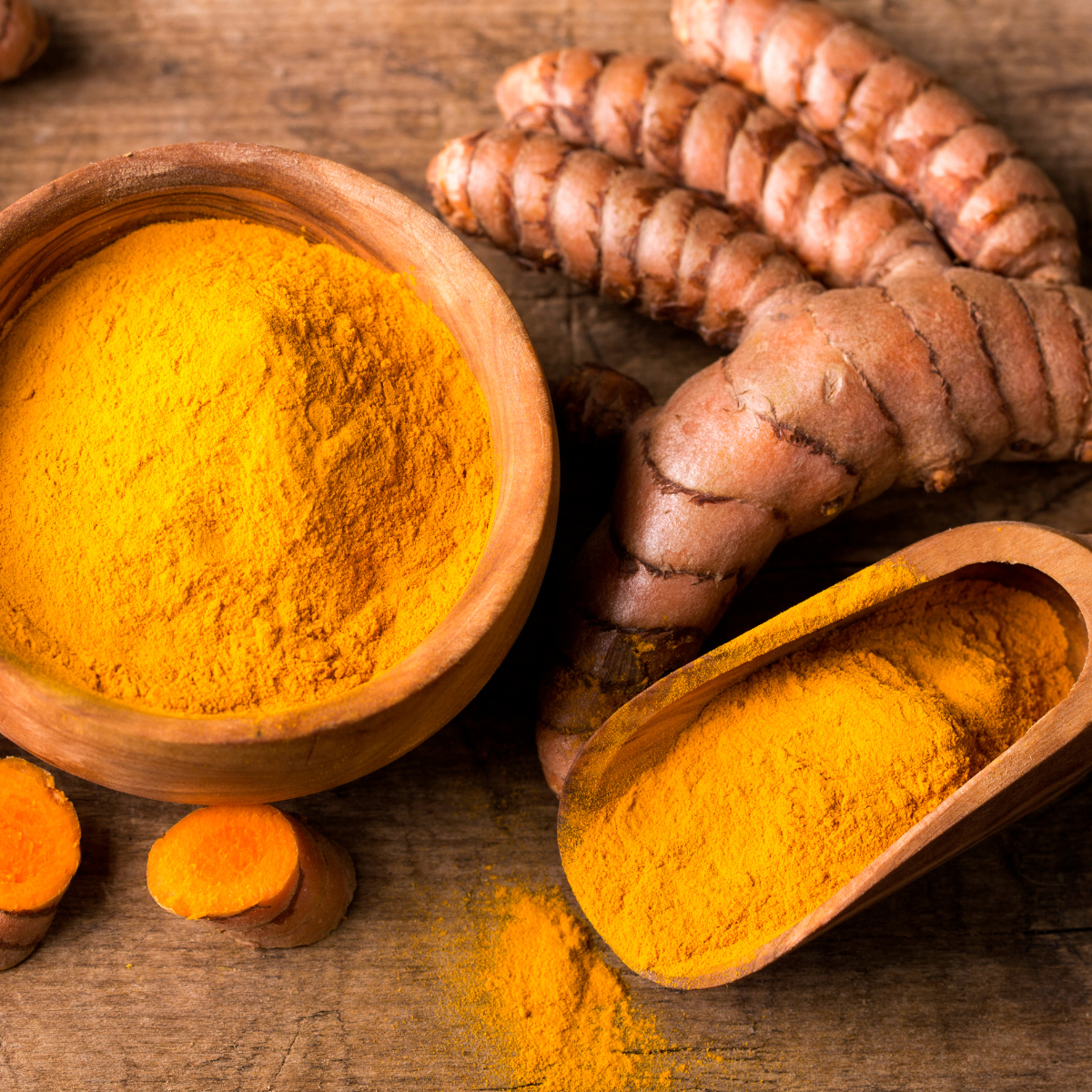
Turmeric
Turmuric (Hindi name “Haldi”) is possibly the most important spice in Indian cuisine, followed closely by curry. It’s a common household herb that is always handy in Desi kitchens, but can also be found at Indian and ethnic stores.There are many health benefits to eating Tumeric. It increases blood circulation and prevents clotting, thereby helping to prevent heart attacks. This powerful Indian spice can even help prevent Alzheimer’s. Because it contains antioxidants, it protects your cells from age-related damage.
More Common Uses:
- To enhance the complexion when used with chandan (sandalwood)
- To expel worms in children and adults
- To treat infection
- To provide an antiseptic dressing to wounds
- To help asthma, regular coughs, and colds
- To help reduce swelling in sprains
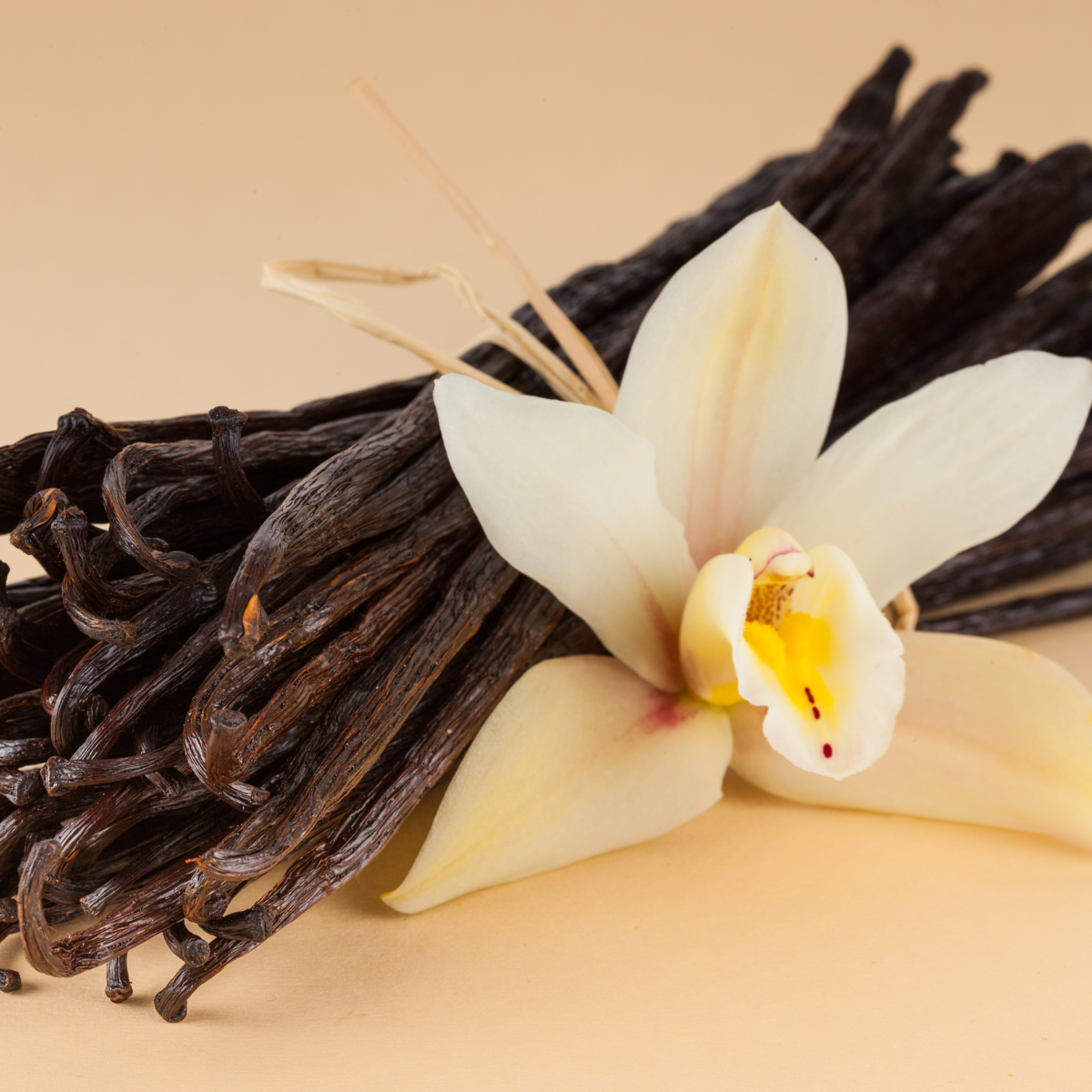
Vanilla Extract
Vanilla extract is often used to add its unique flavor to sweet dishes. In addition to the flavor it can add to a recipe. Vanilla extract also has some great health benefits. It can help to relieve nausea, it can reduce anxiety and stress, and some studies have even linked vanilla extract to weight loss. Great flavor and great health benefits make vanilla extract worth keeping in any kitchen.
